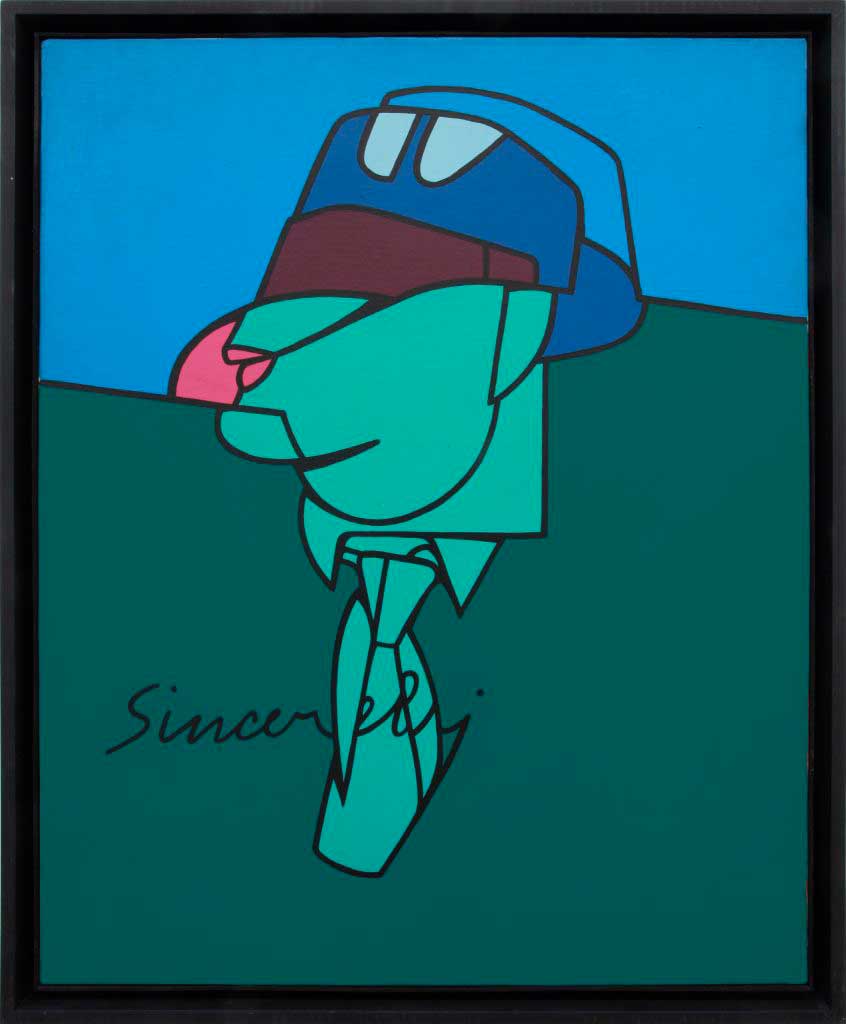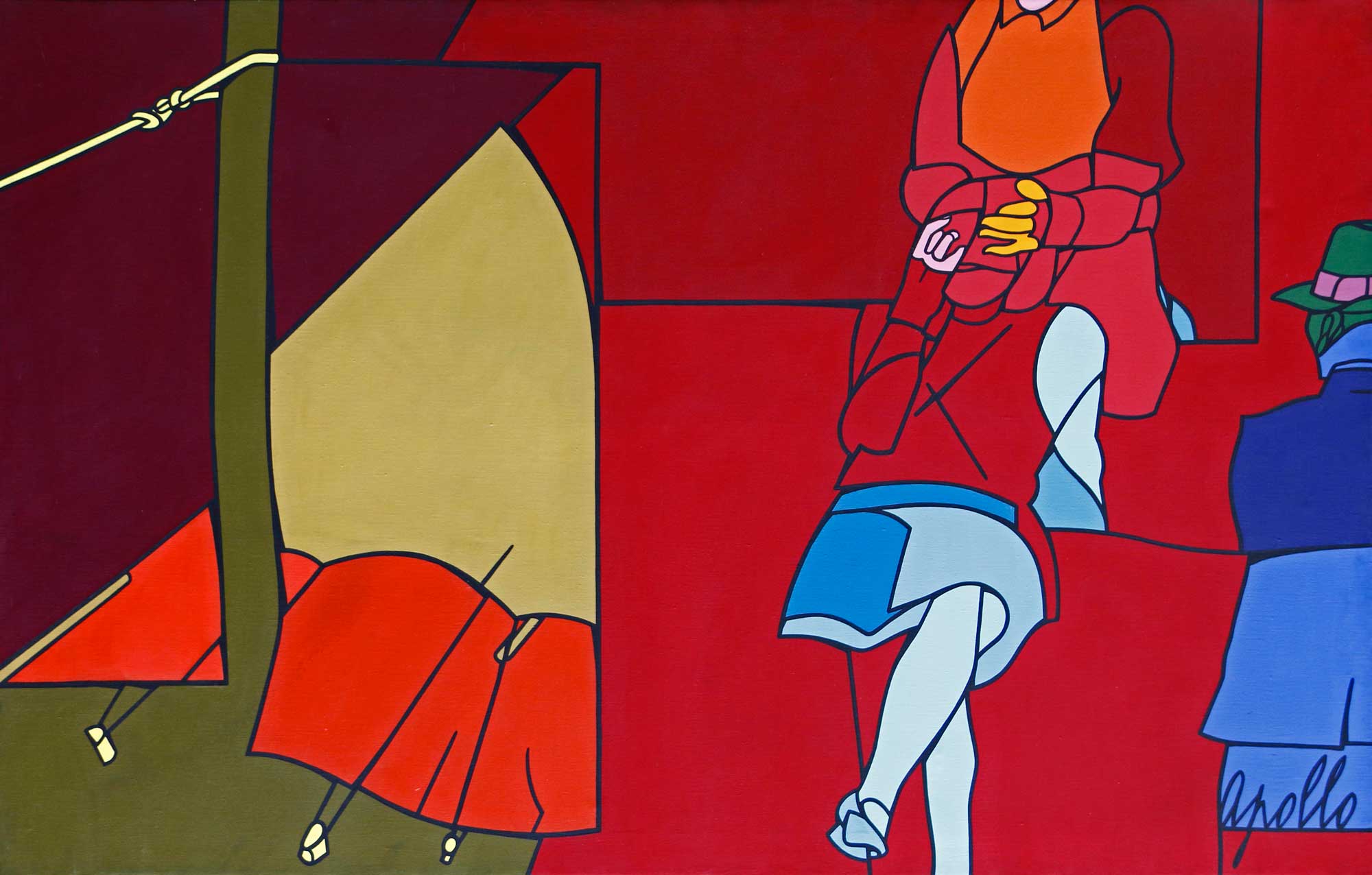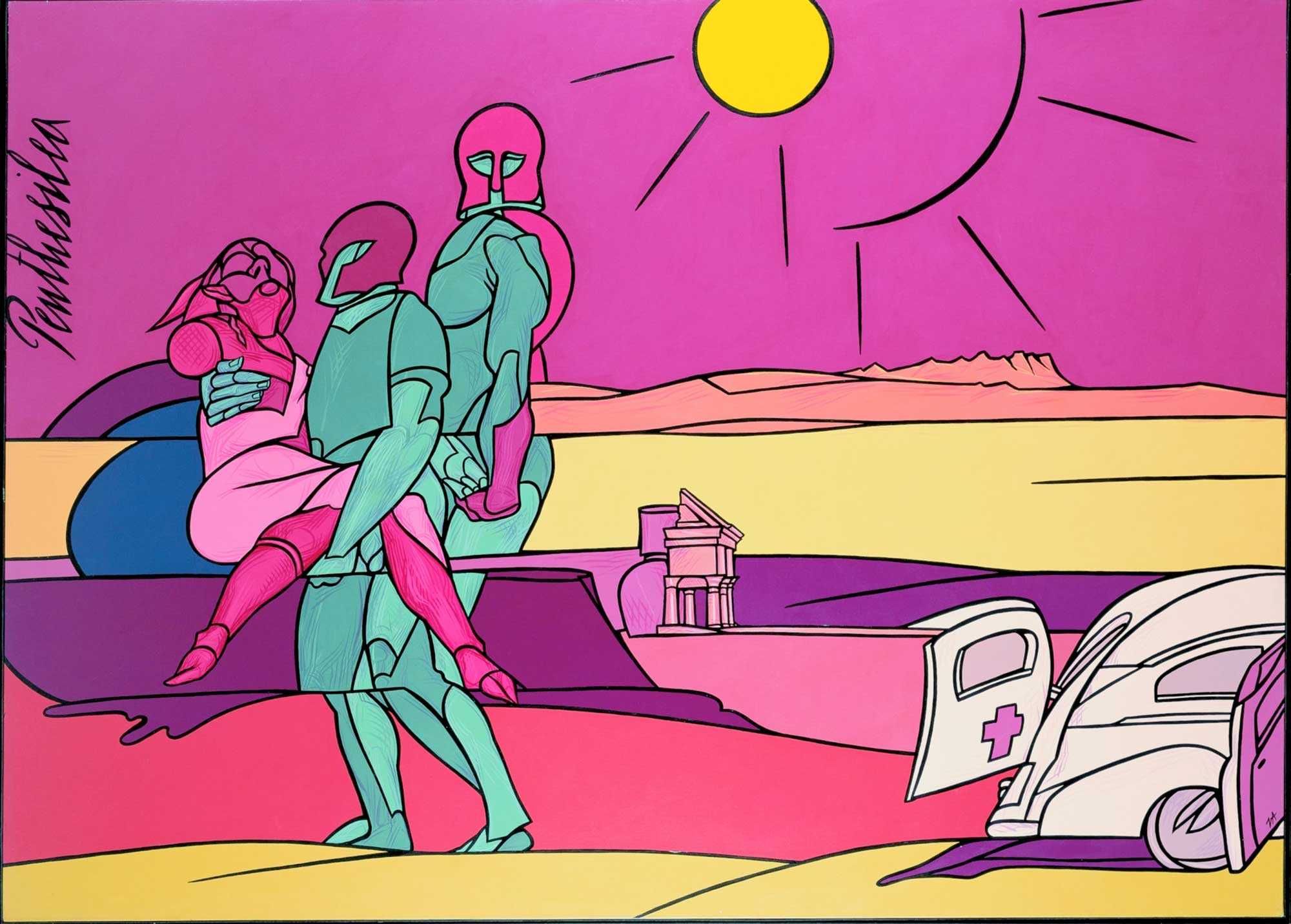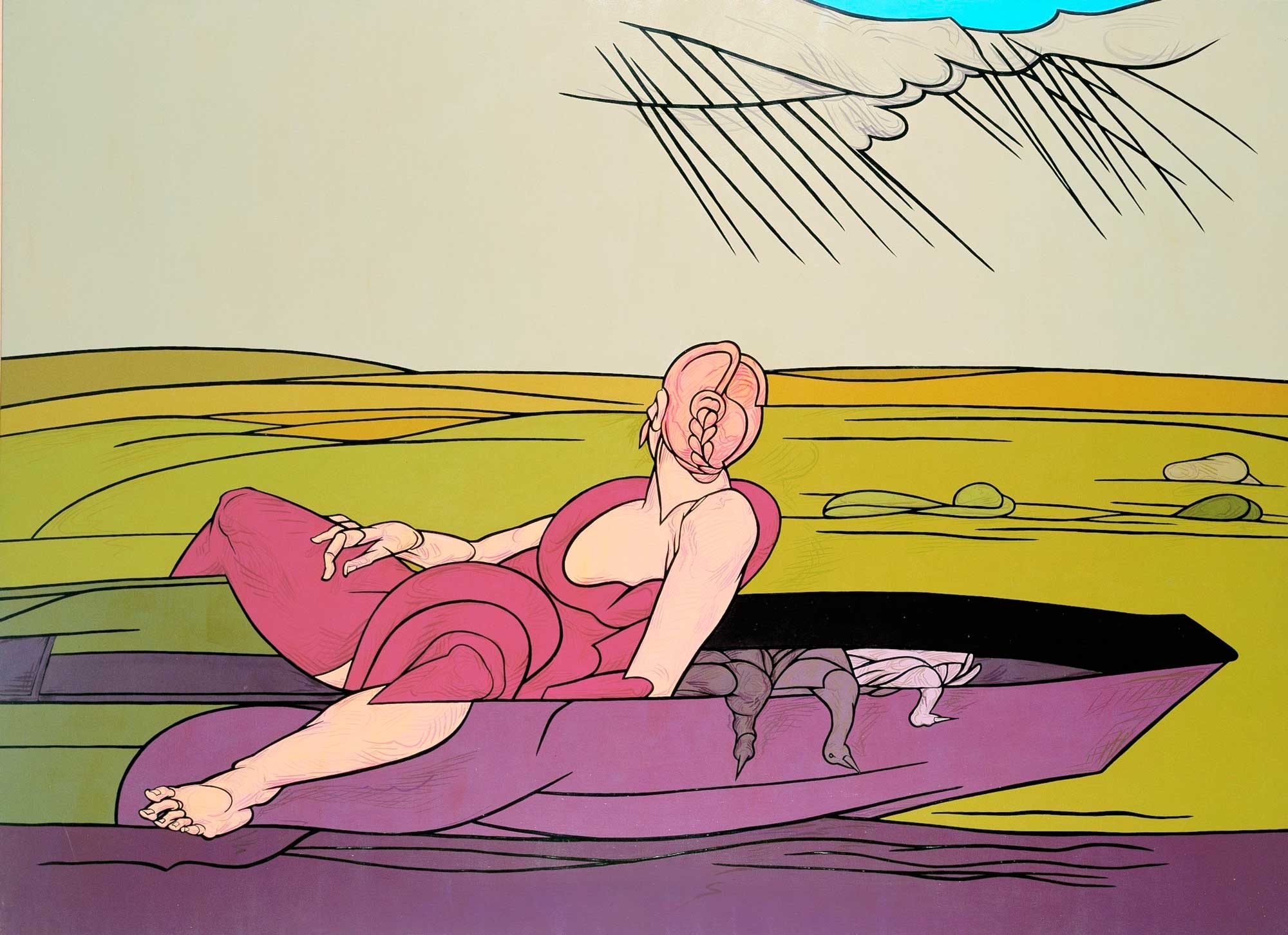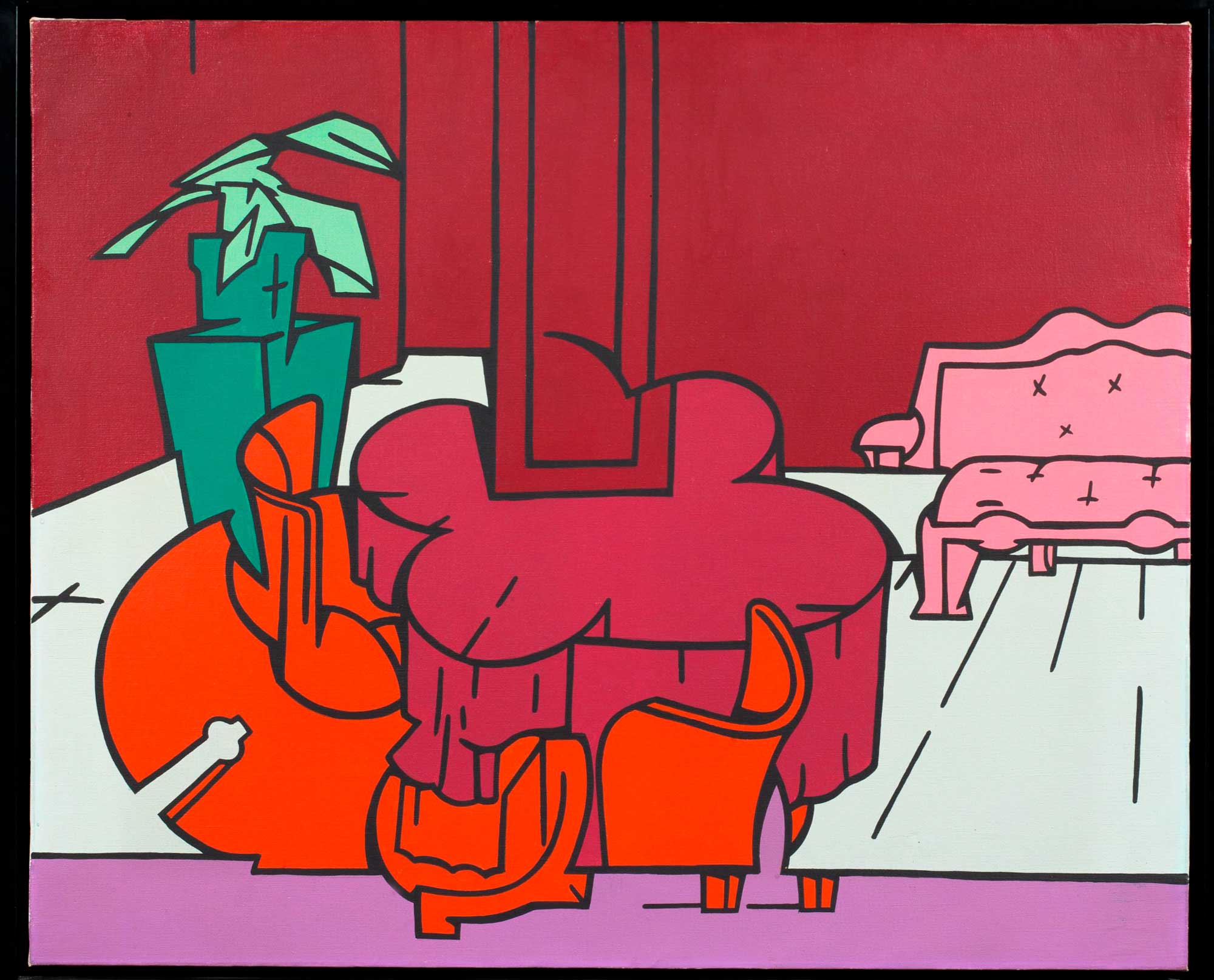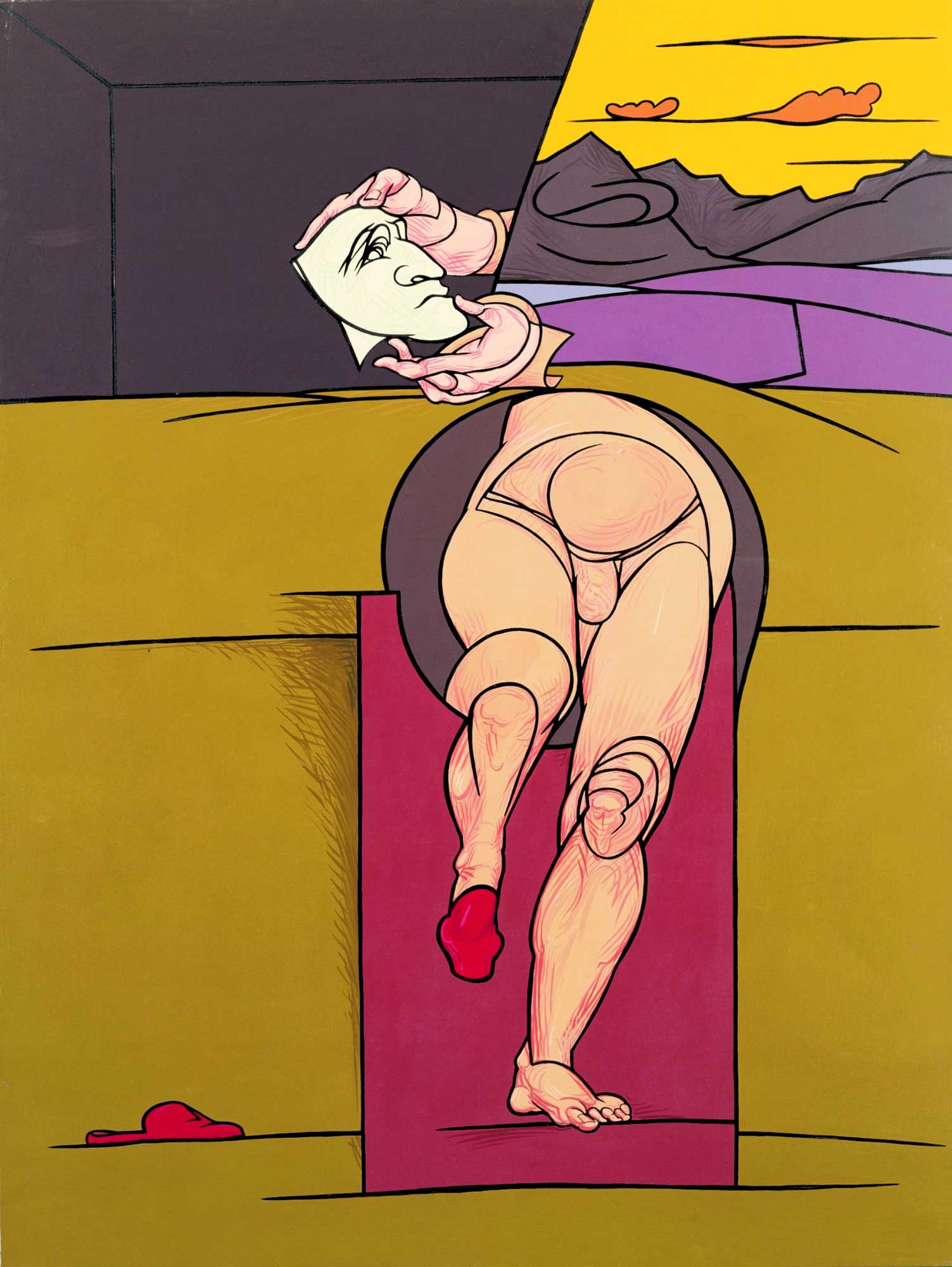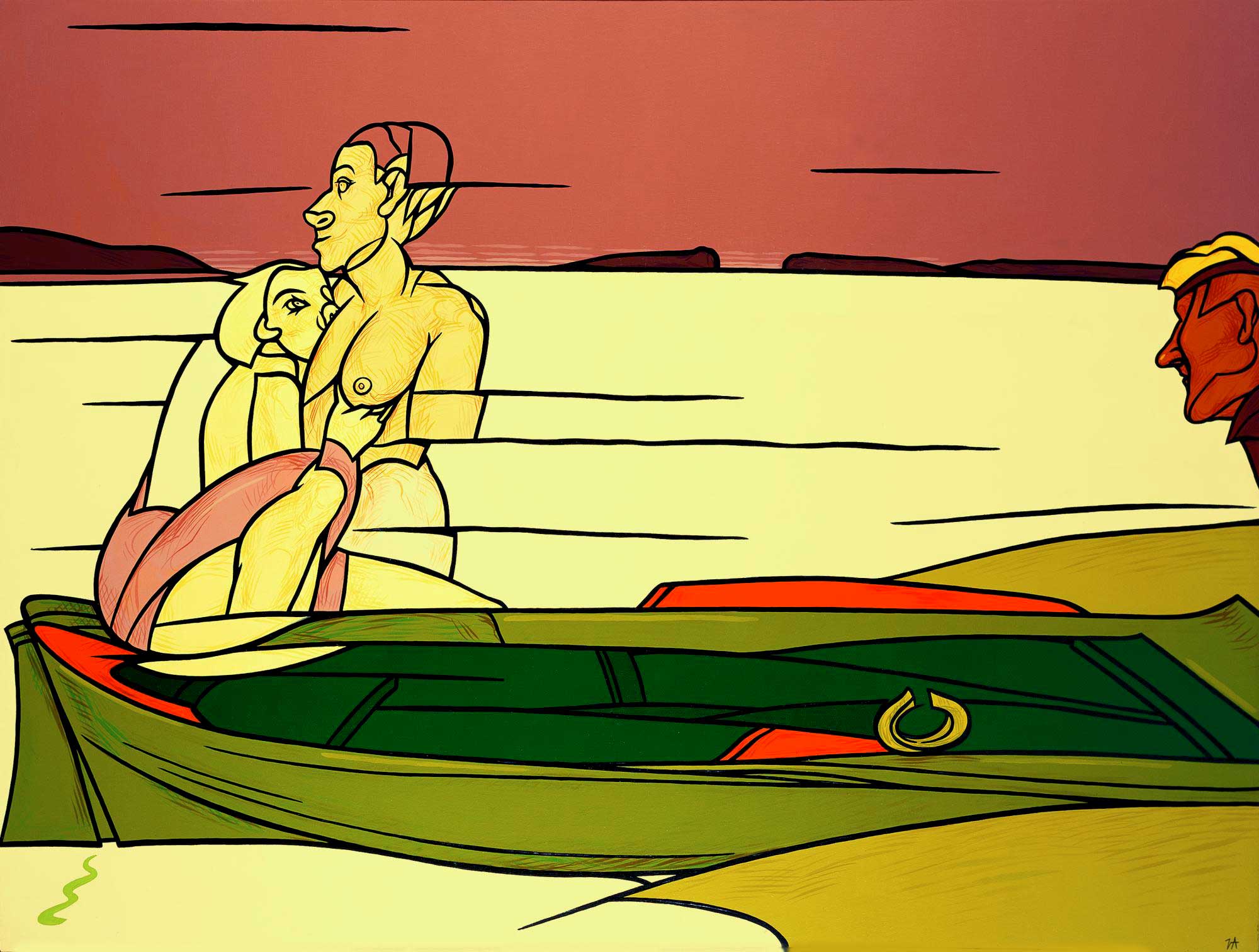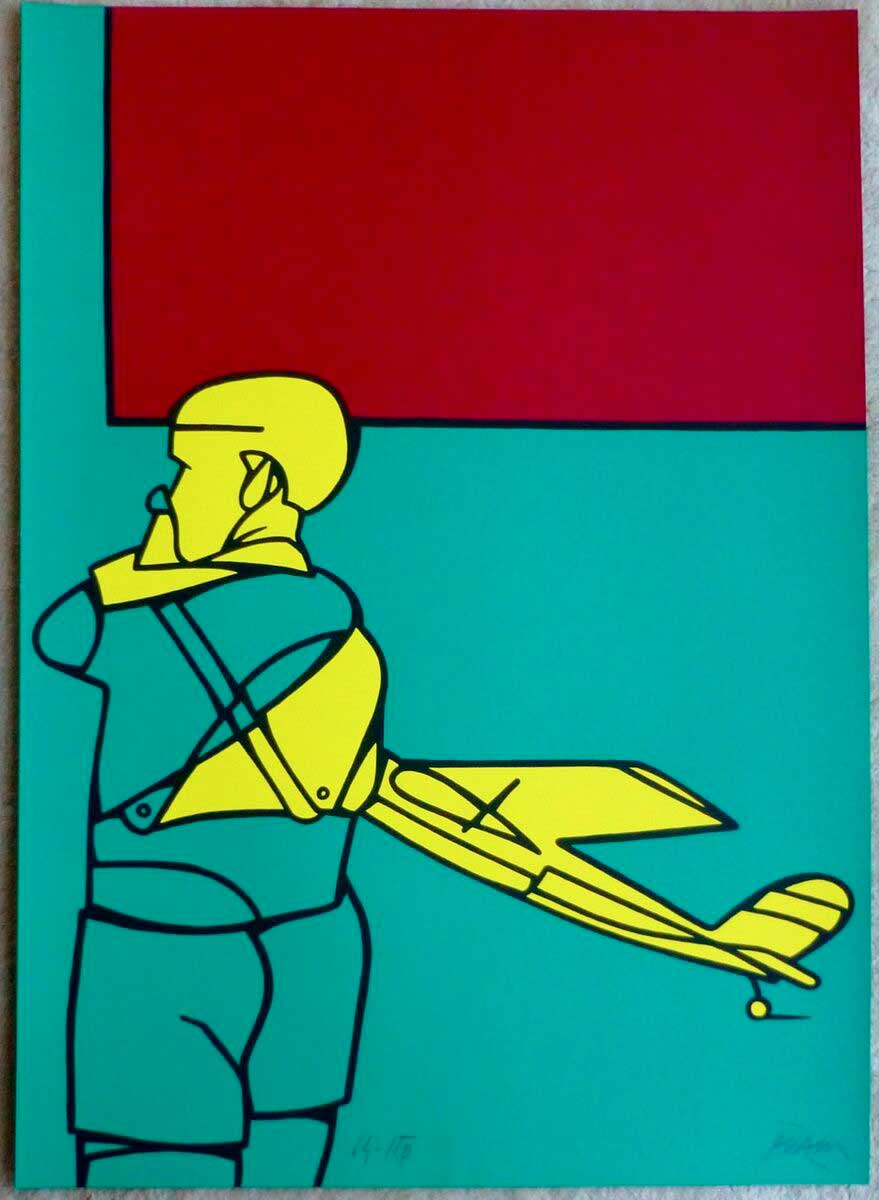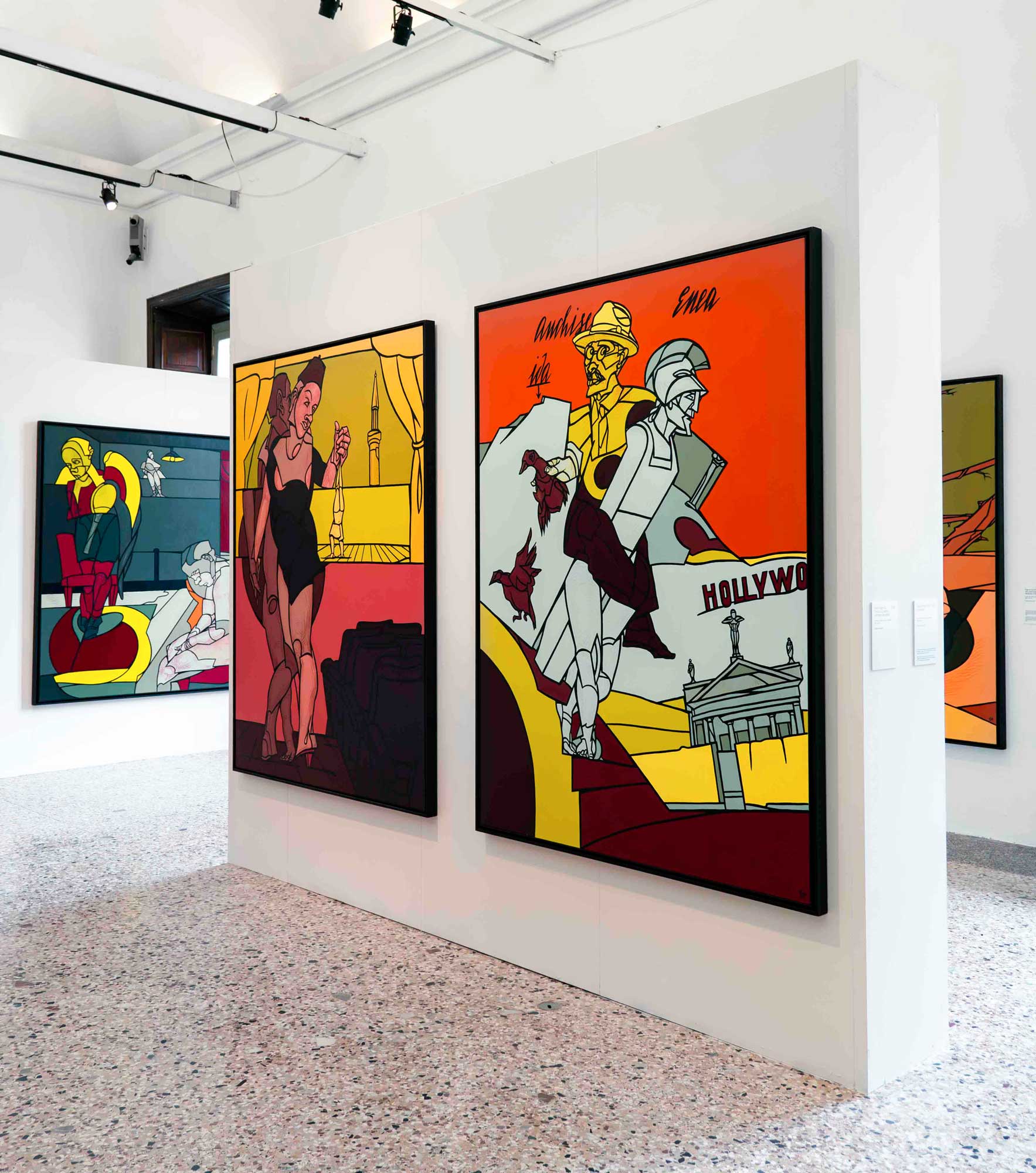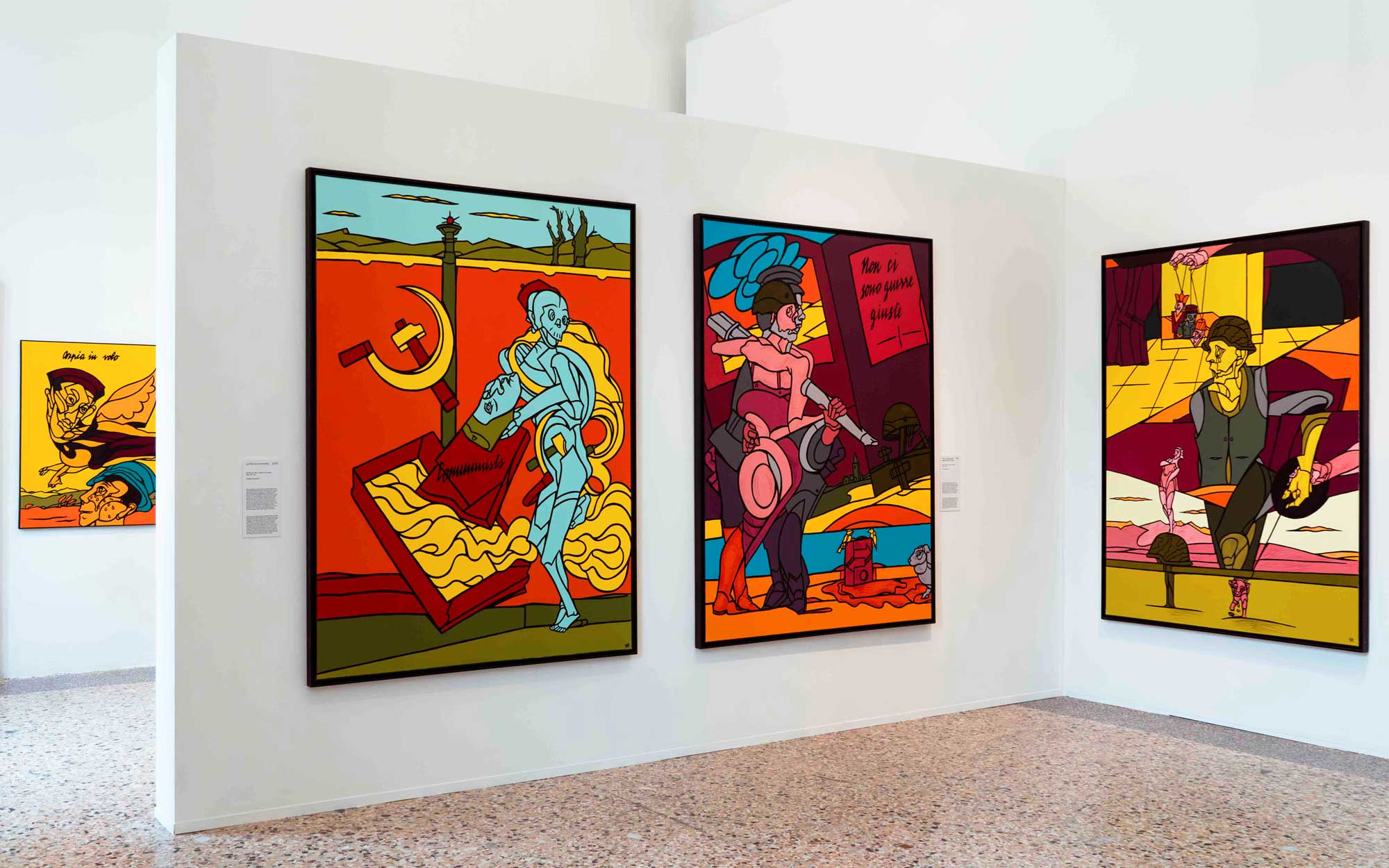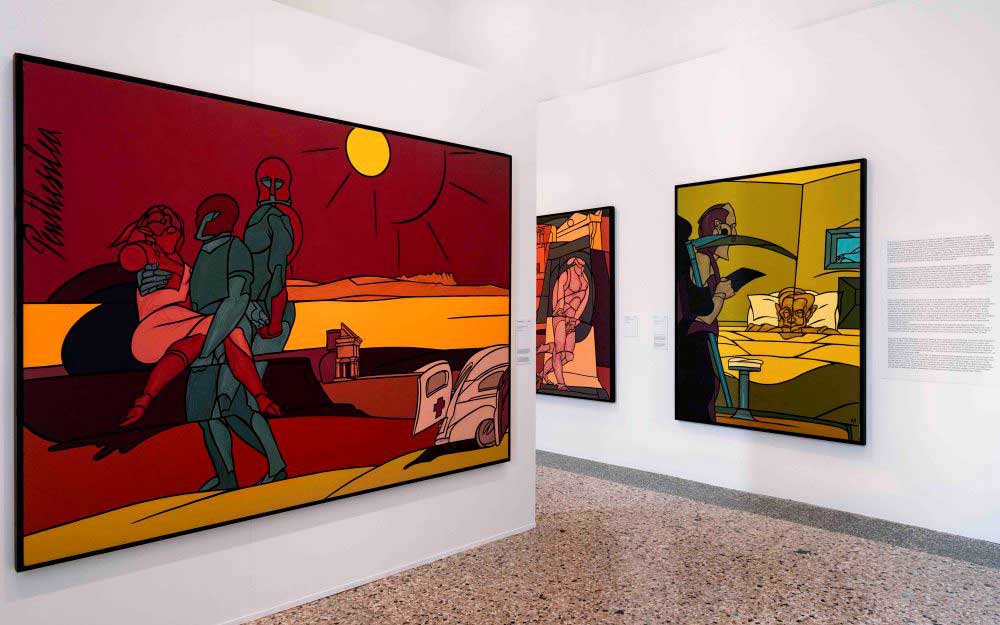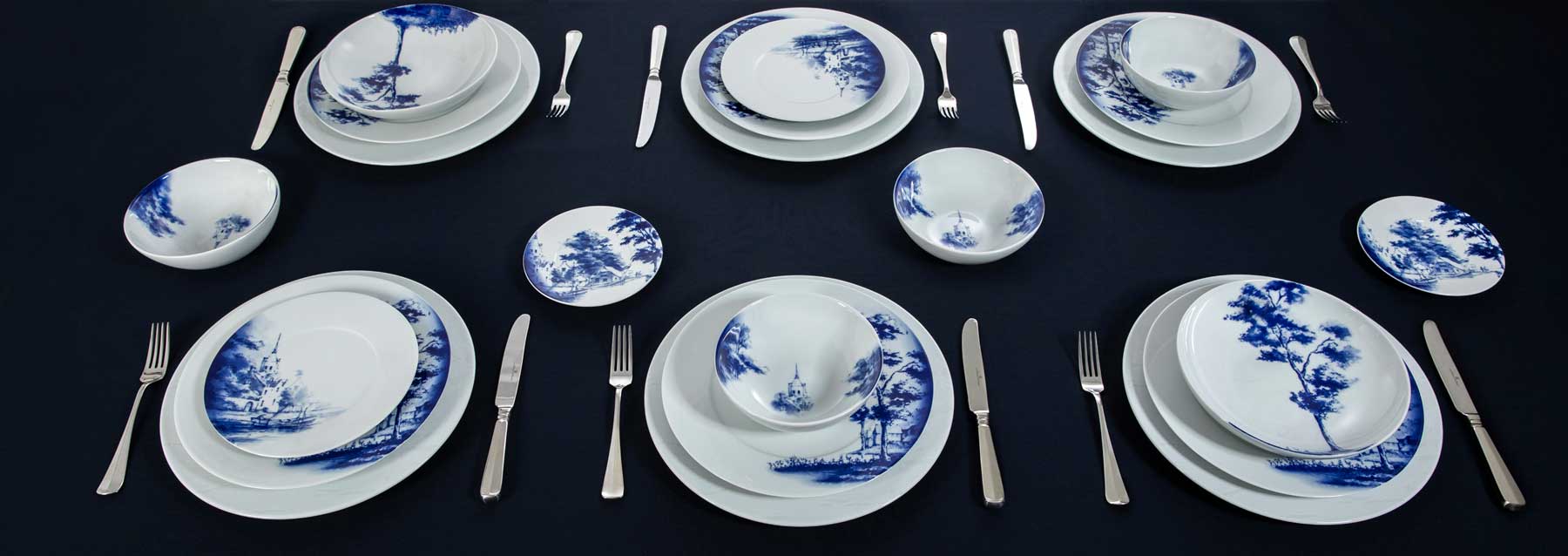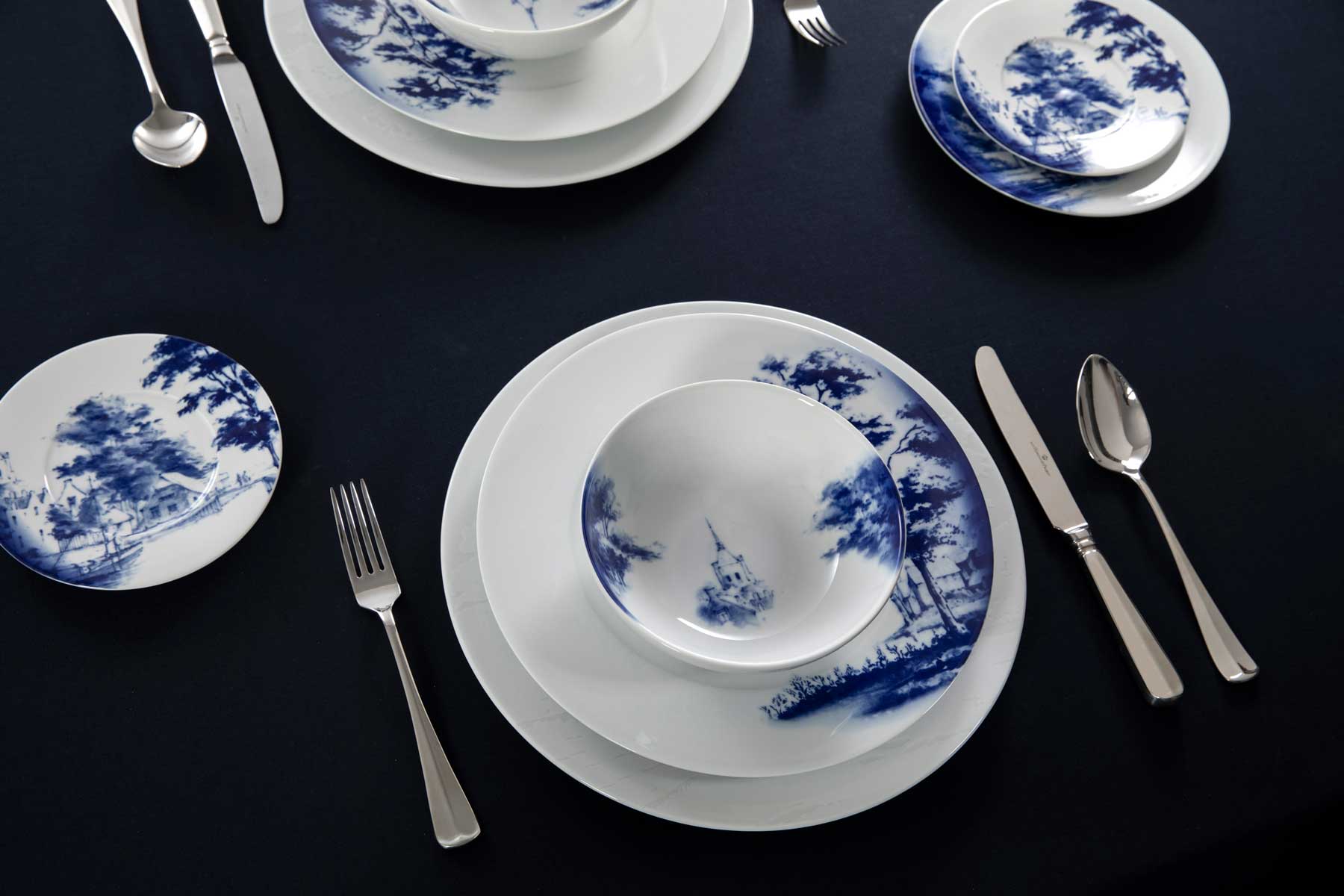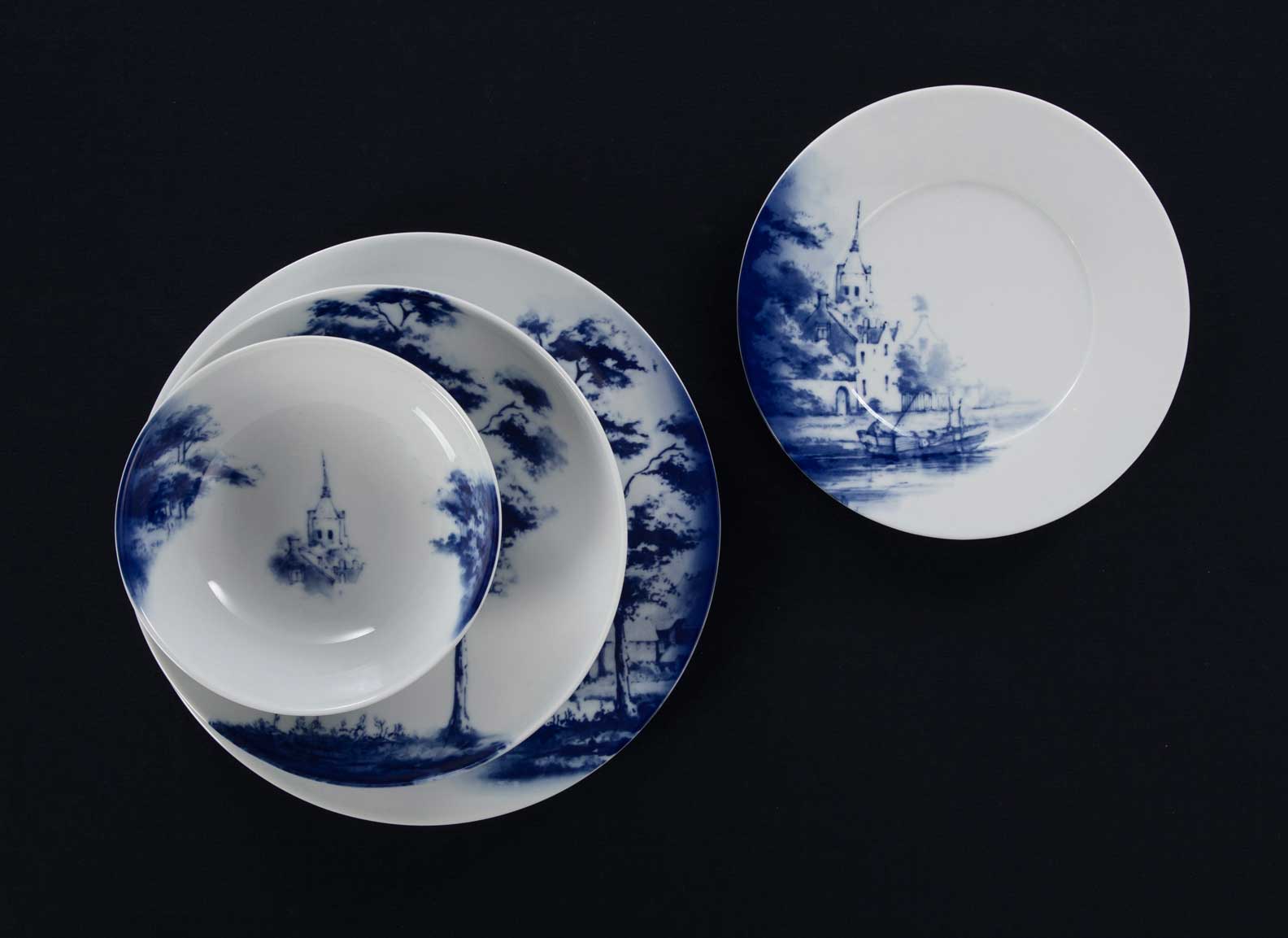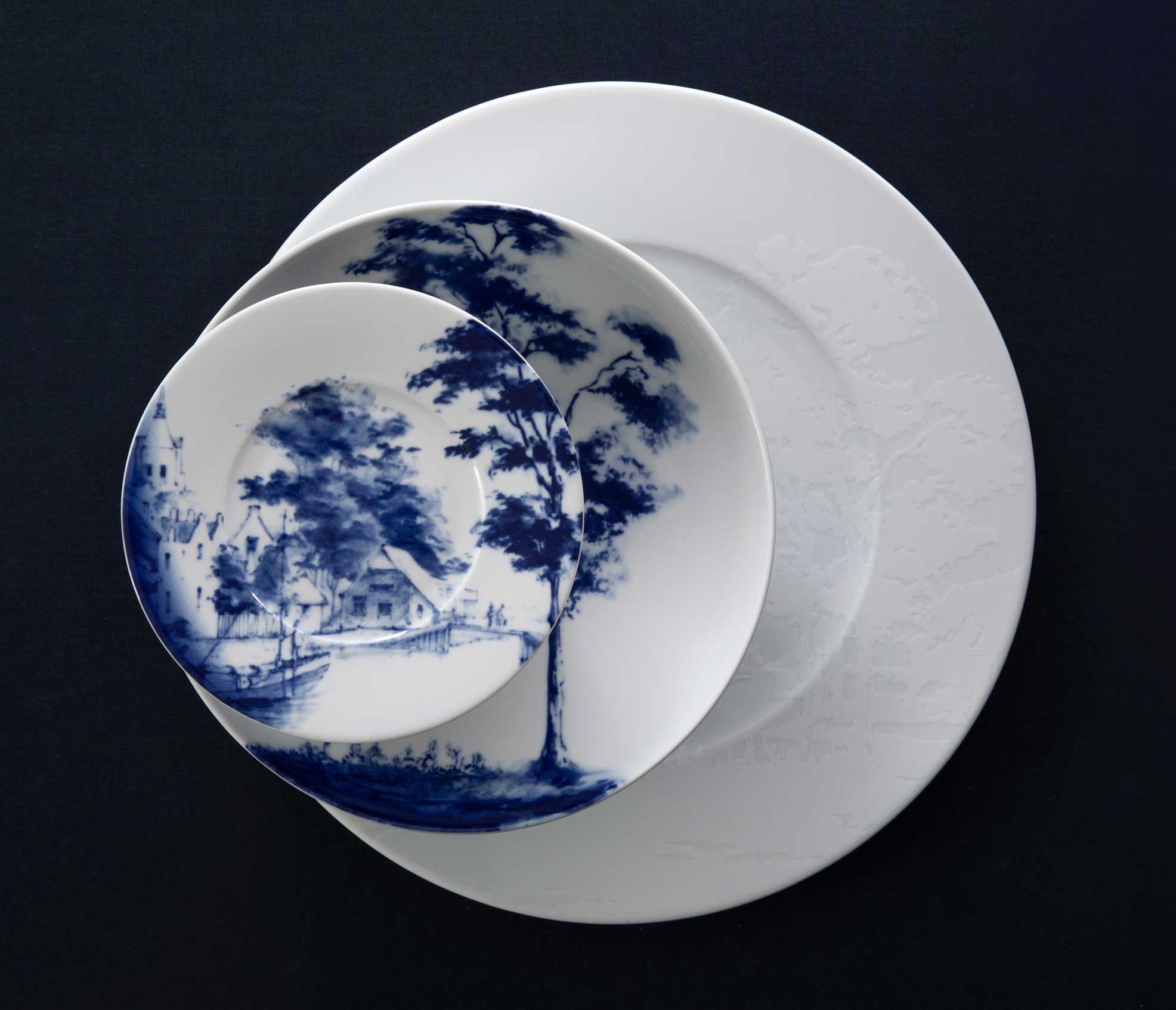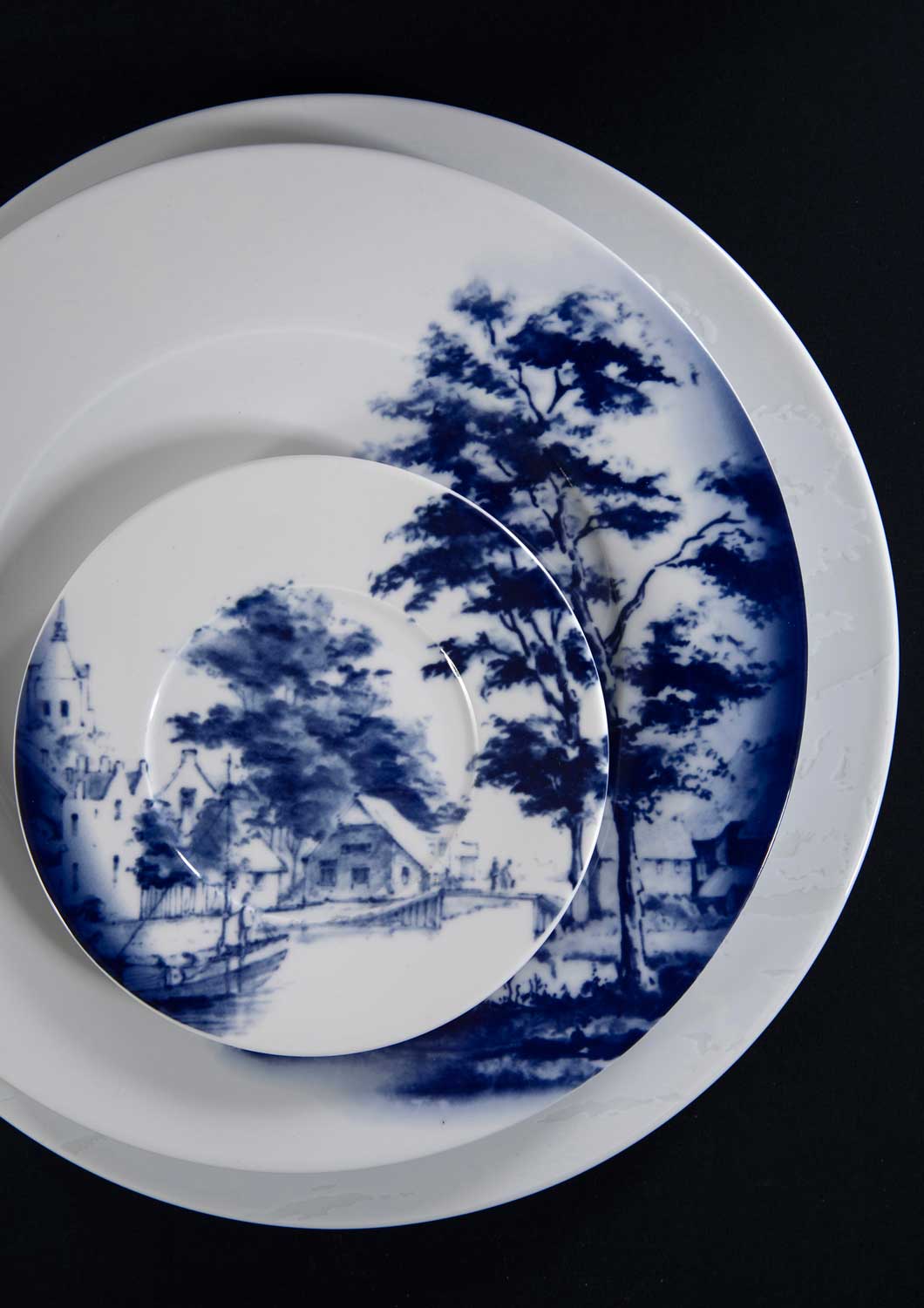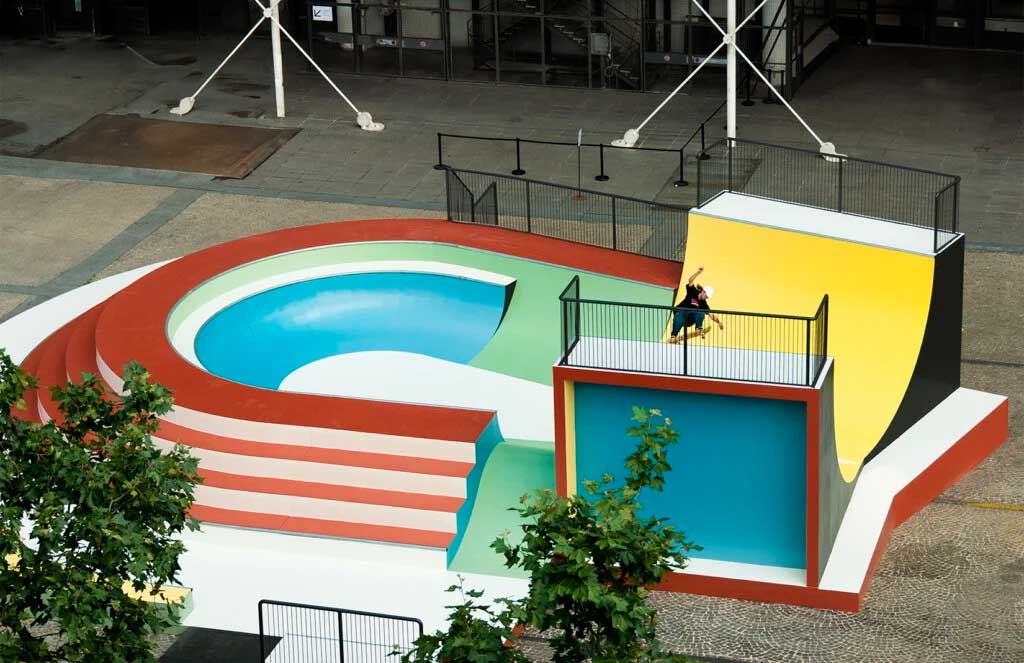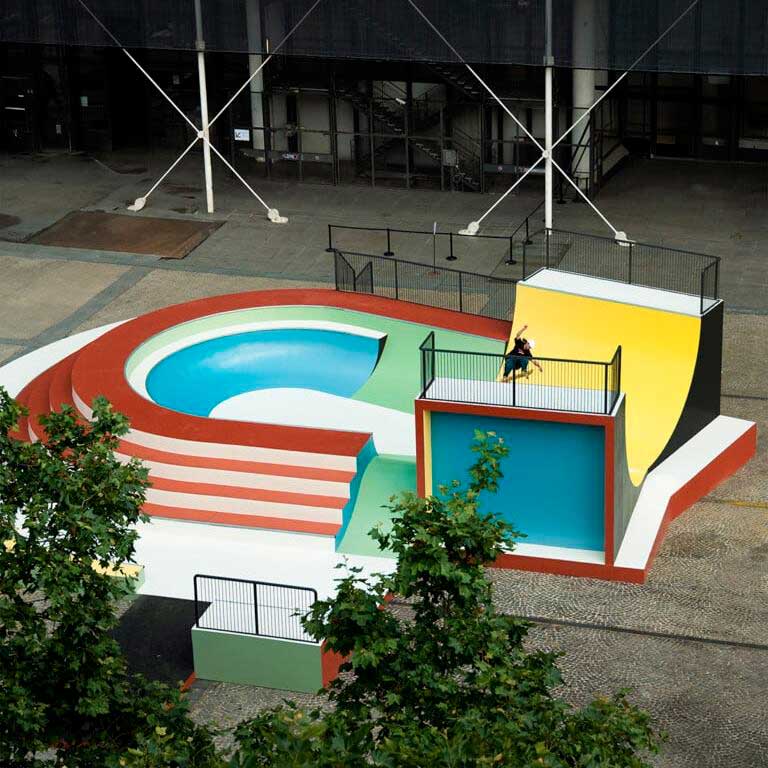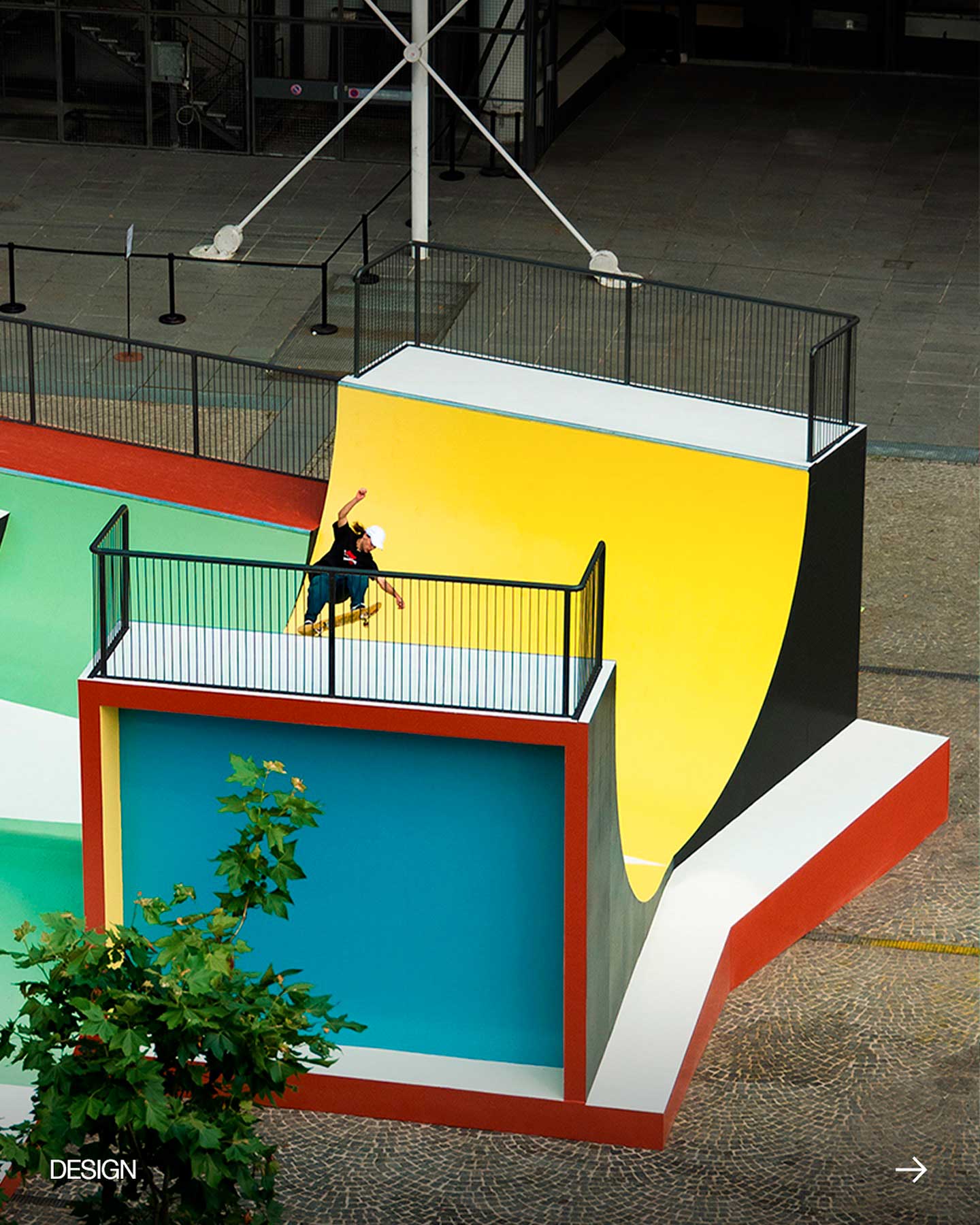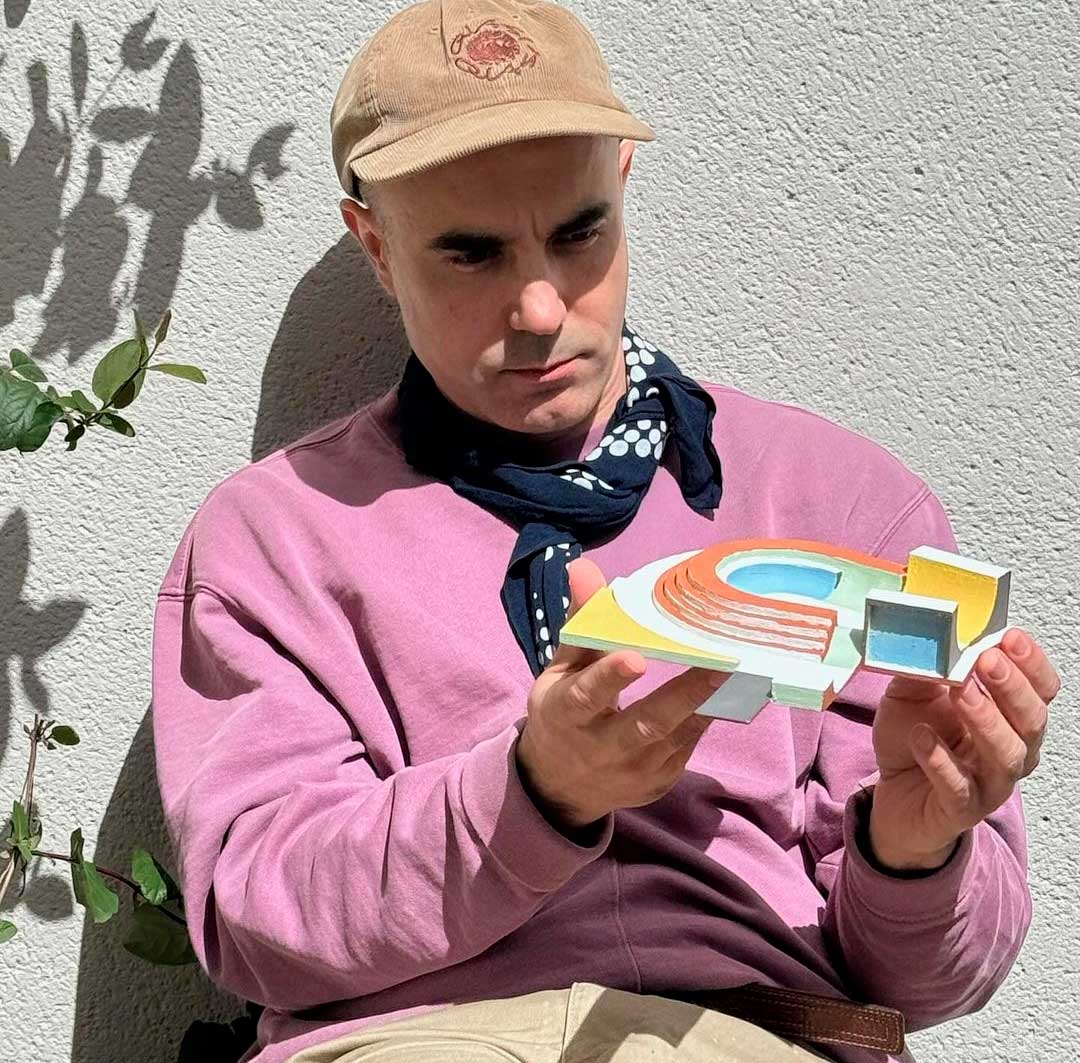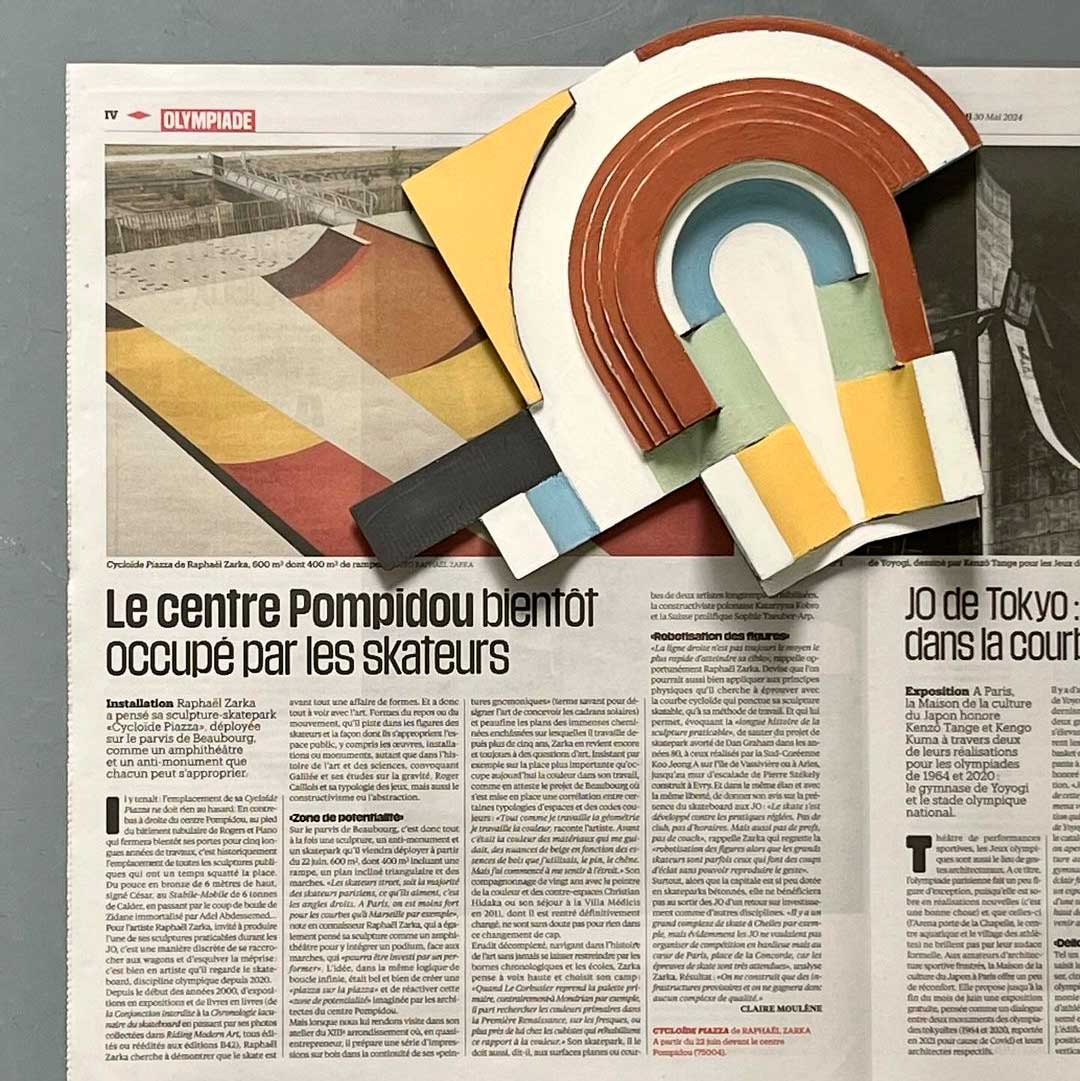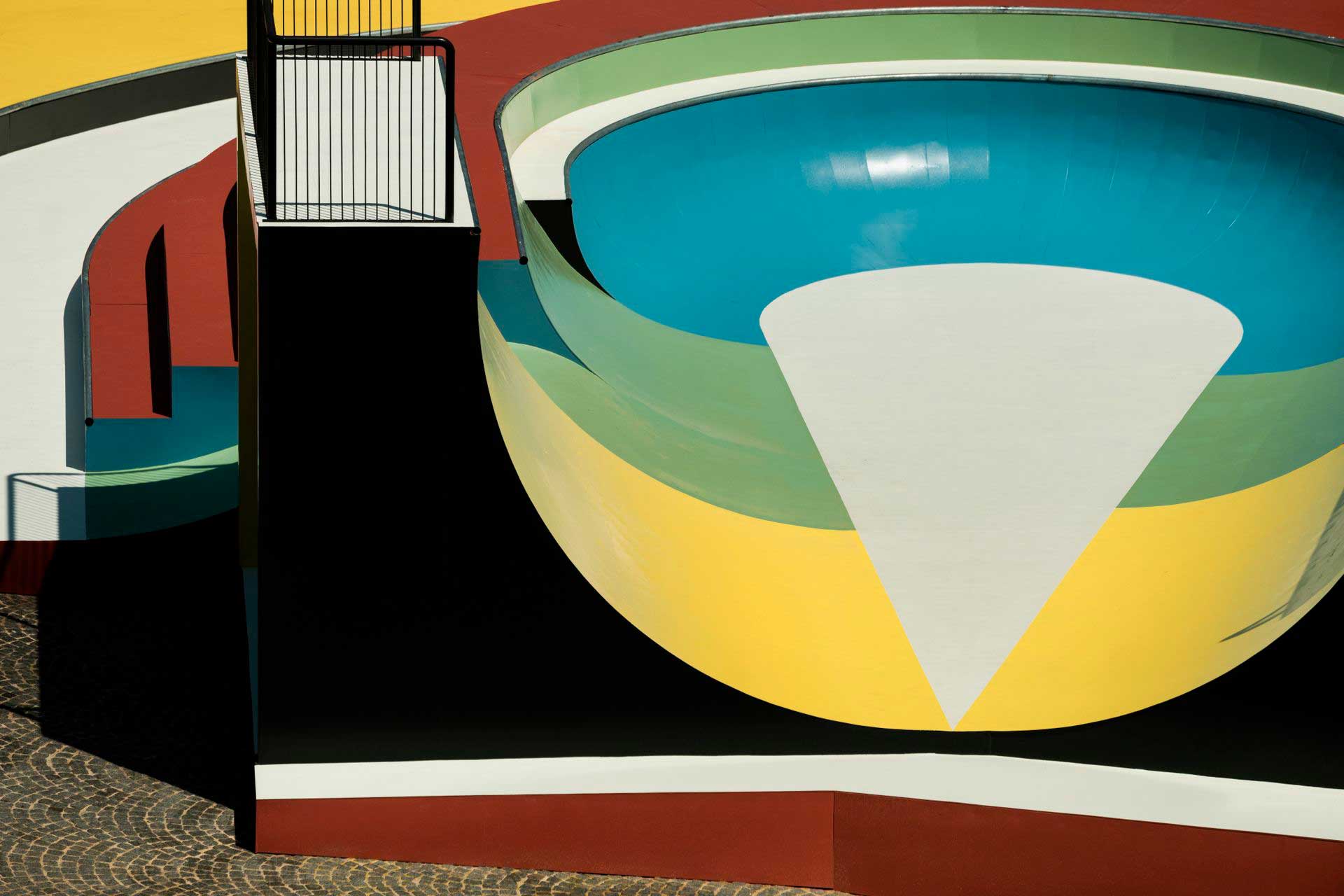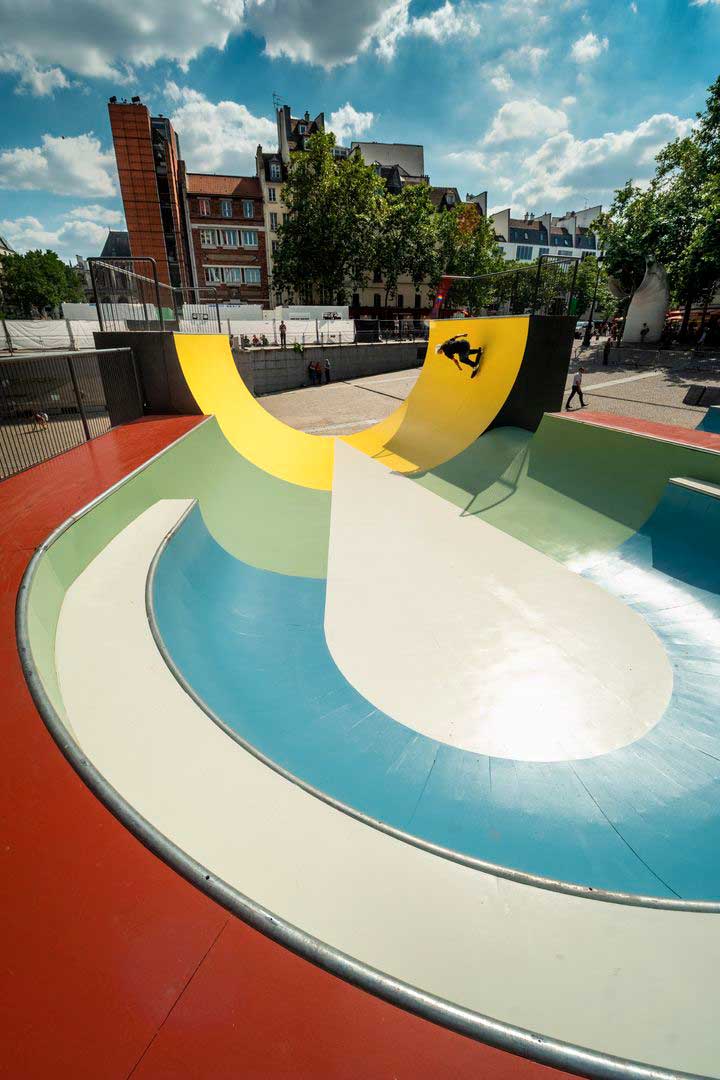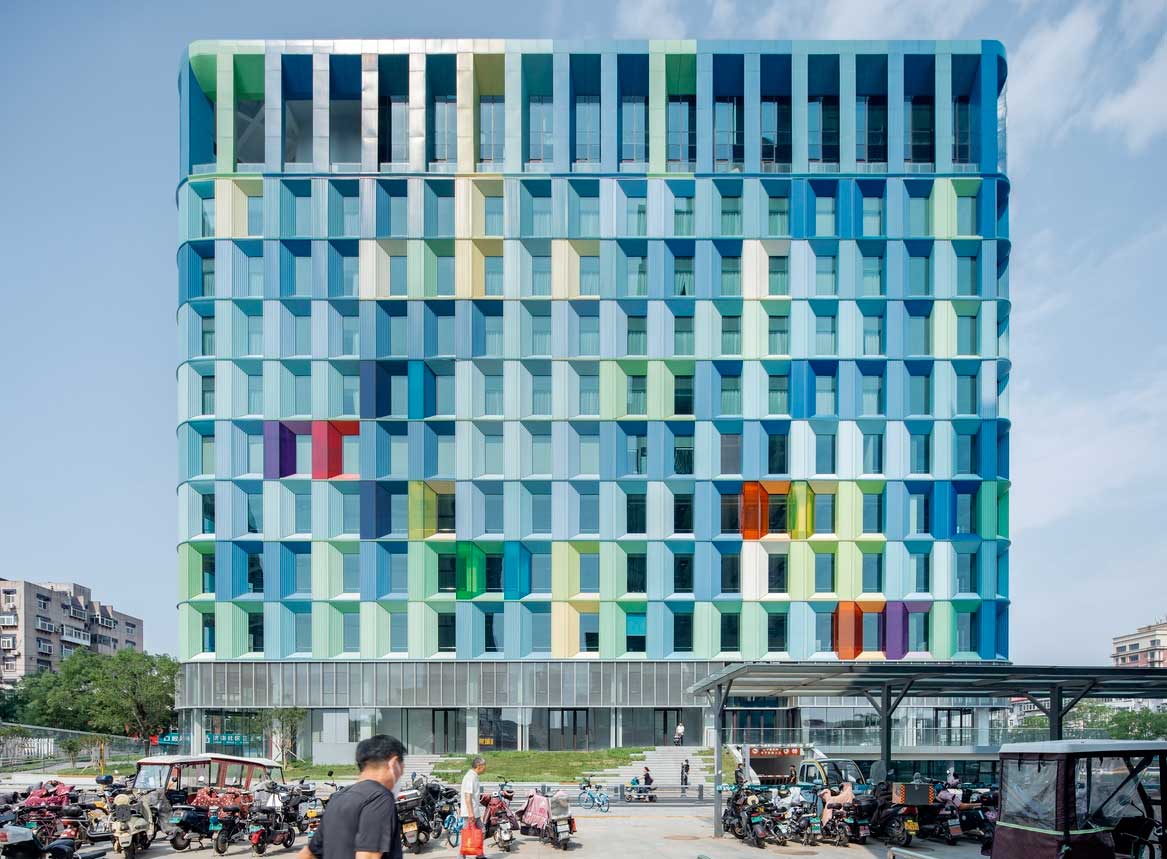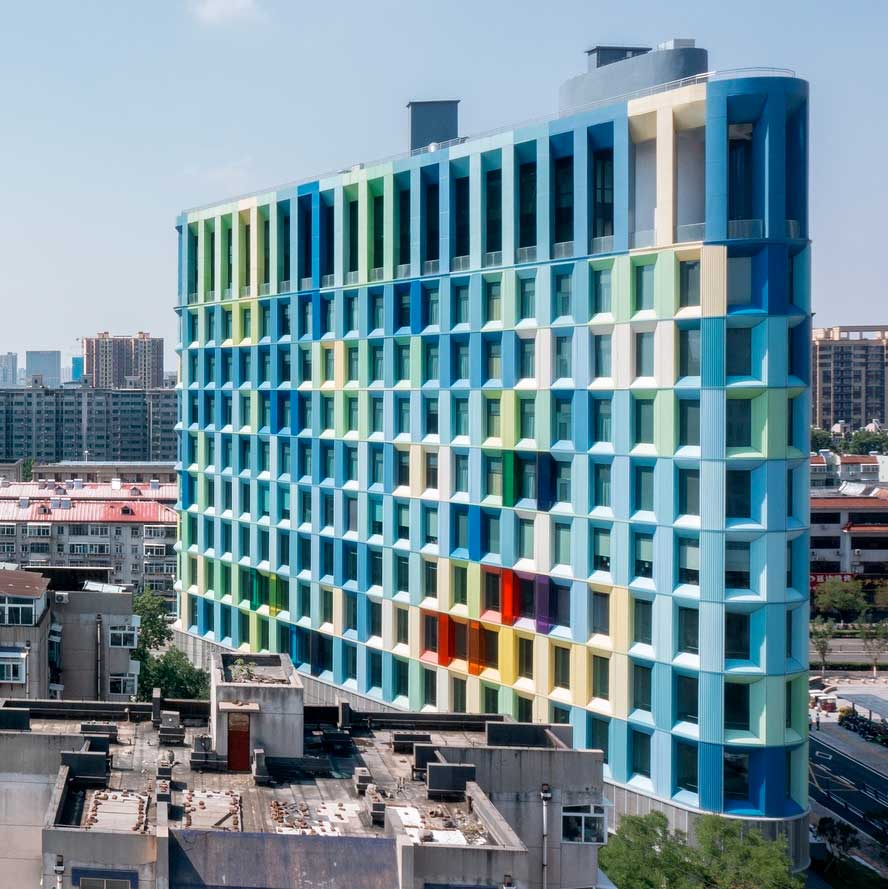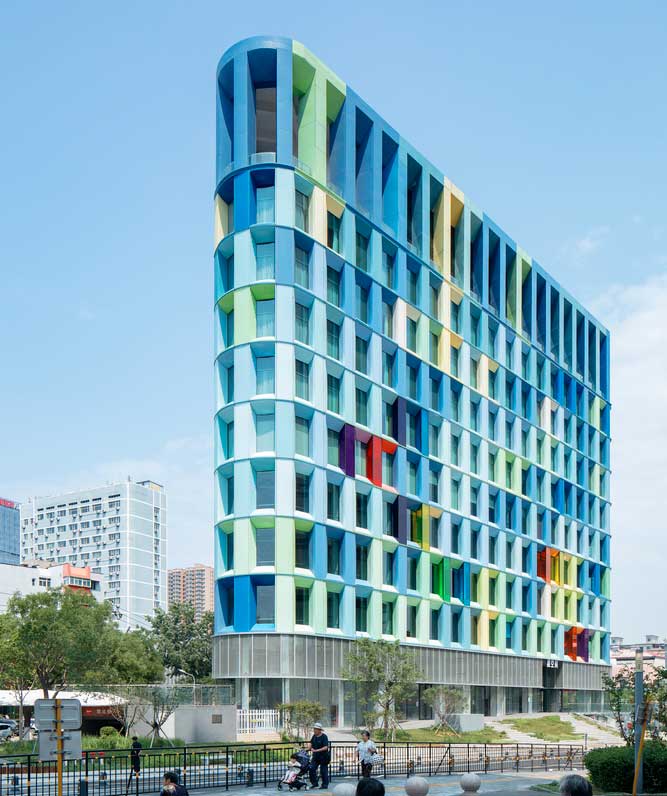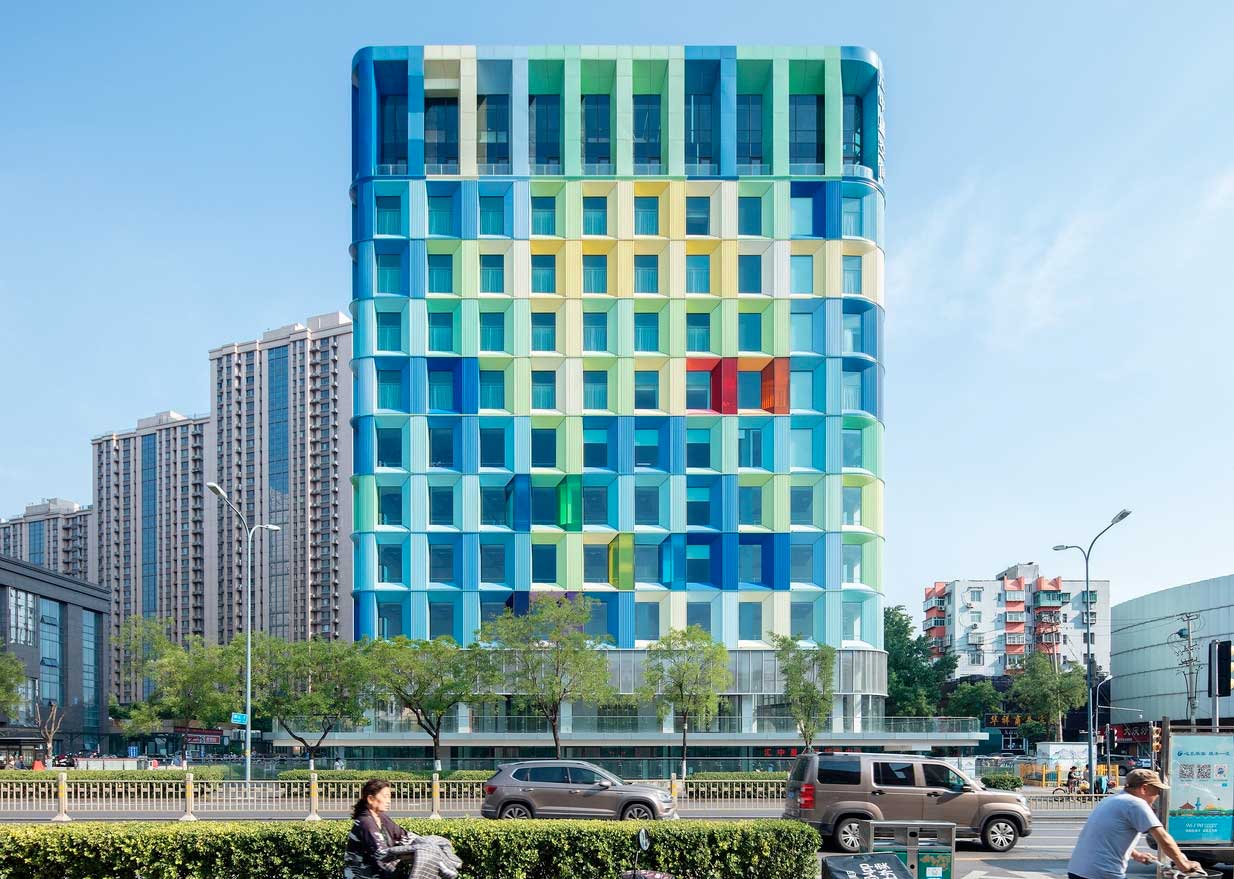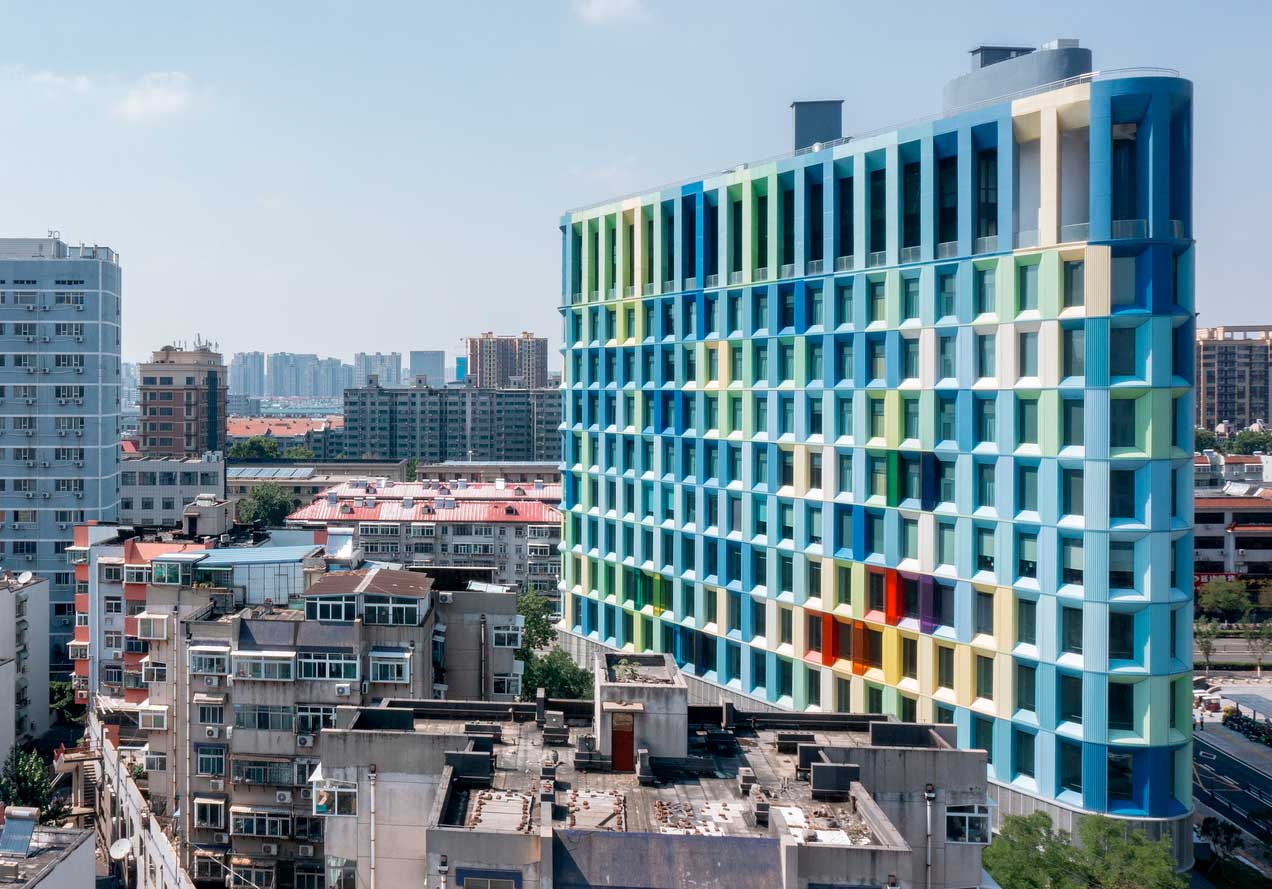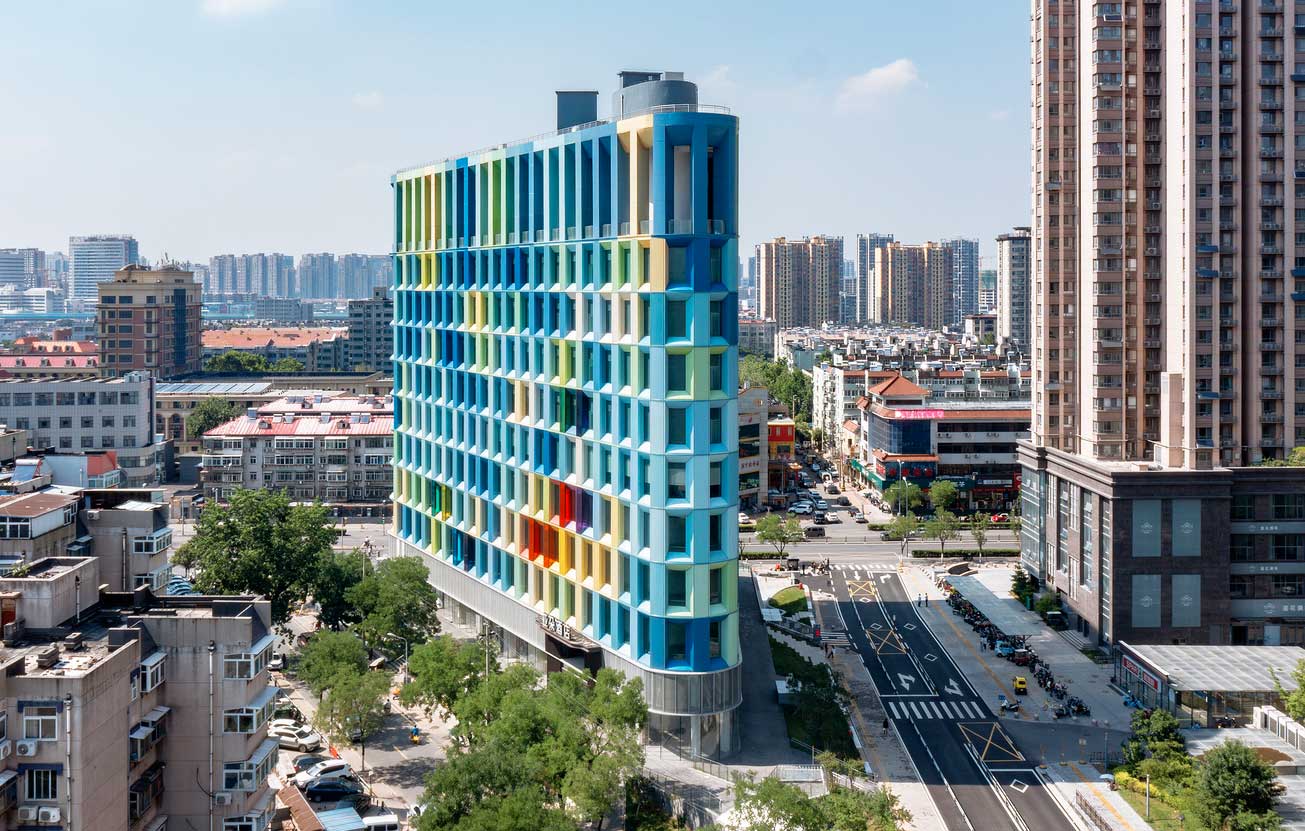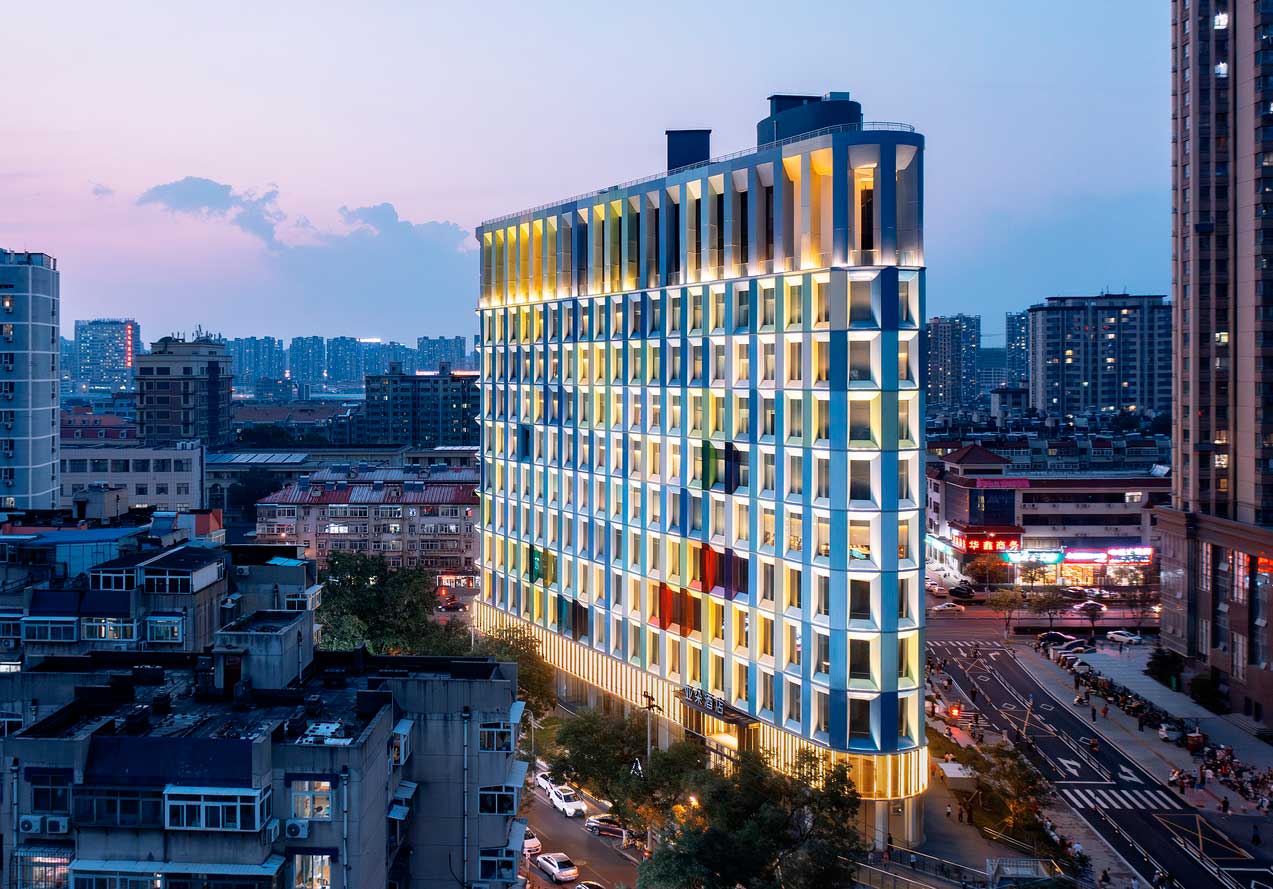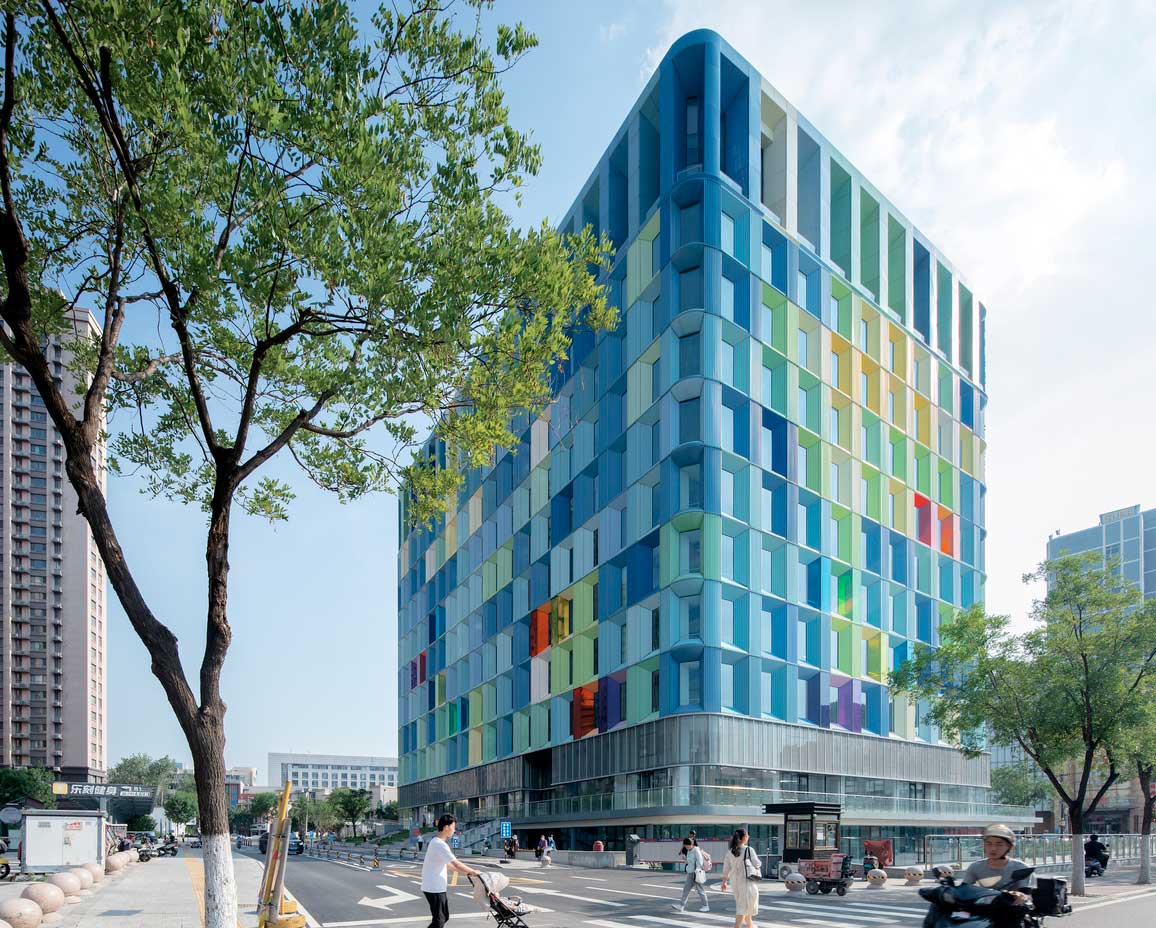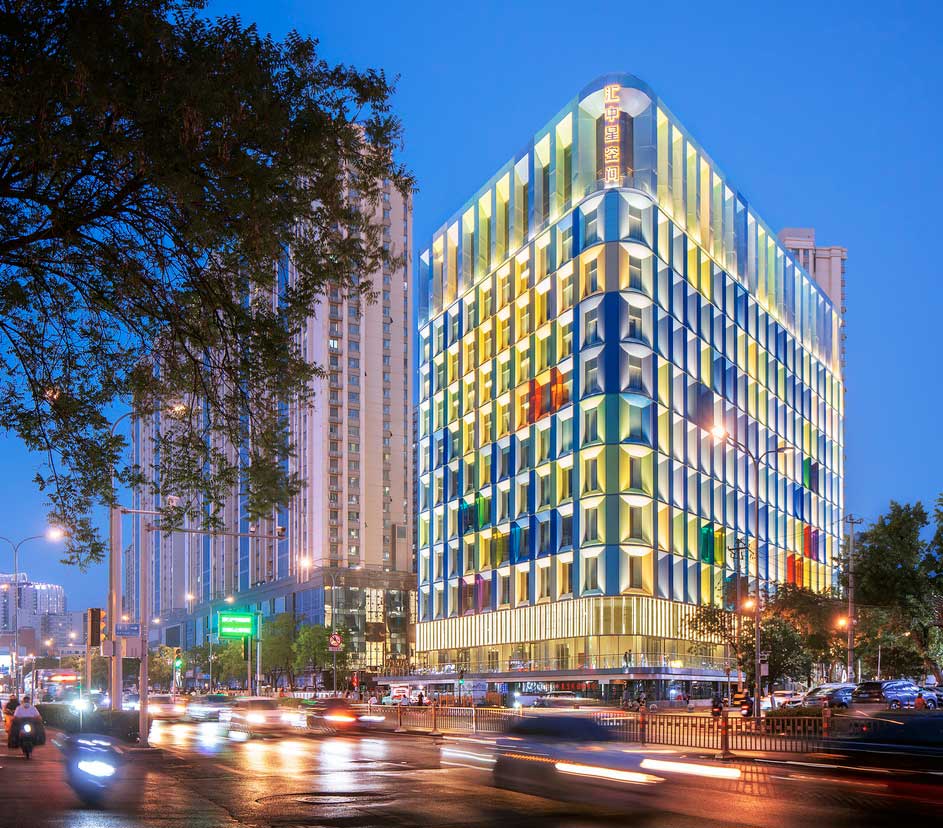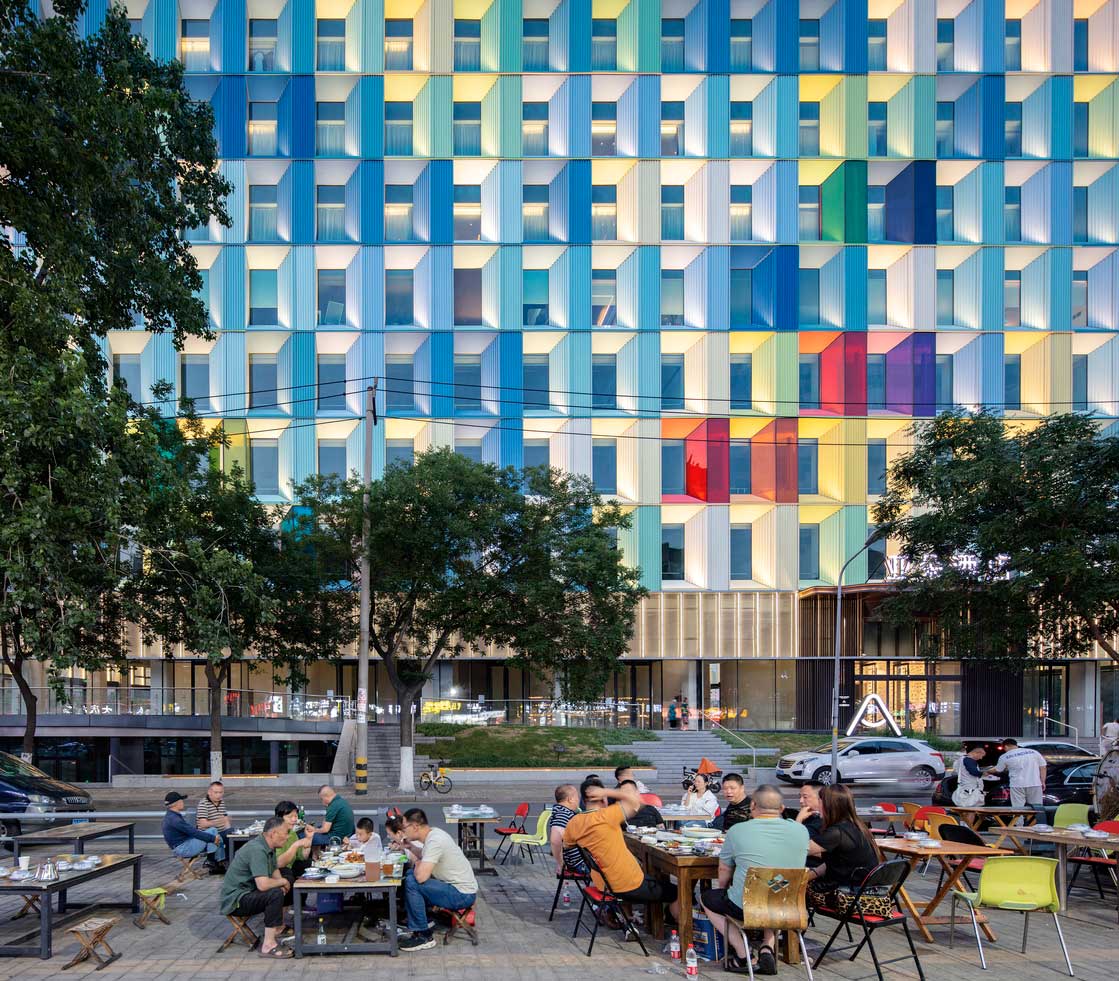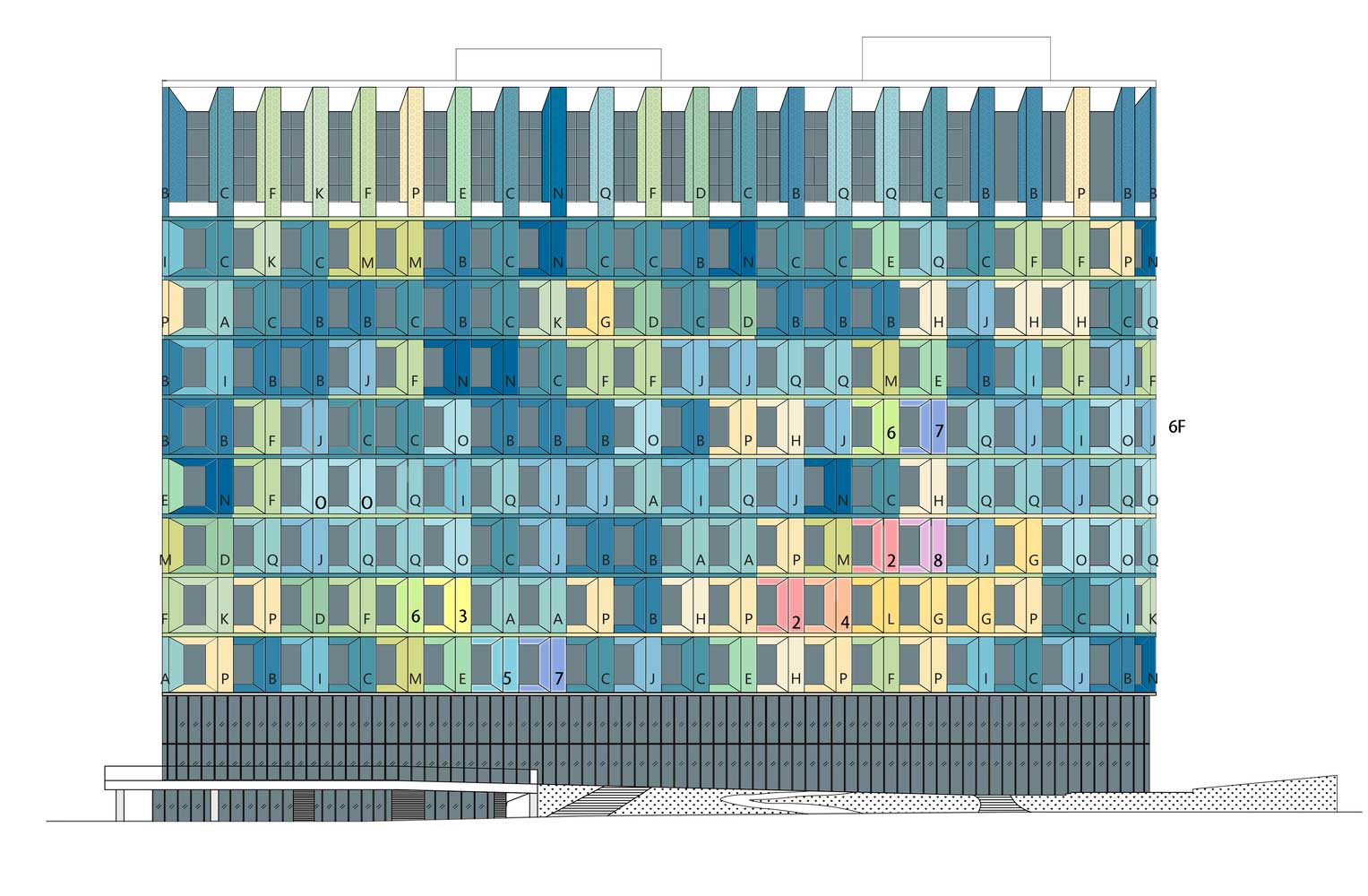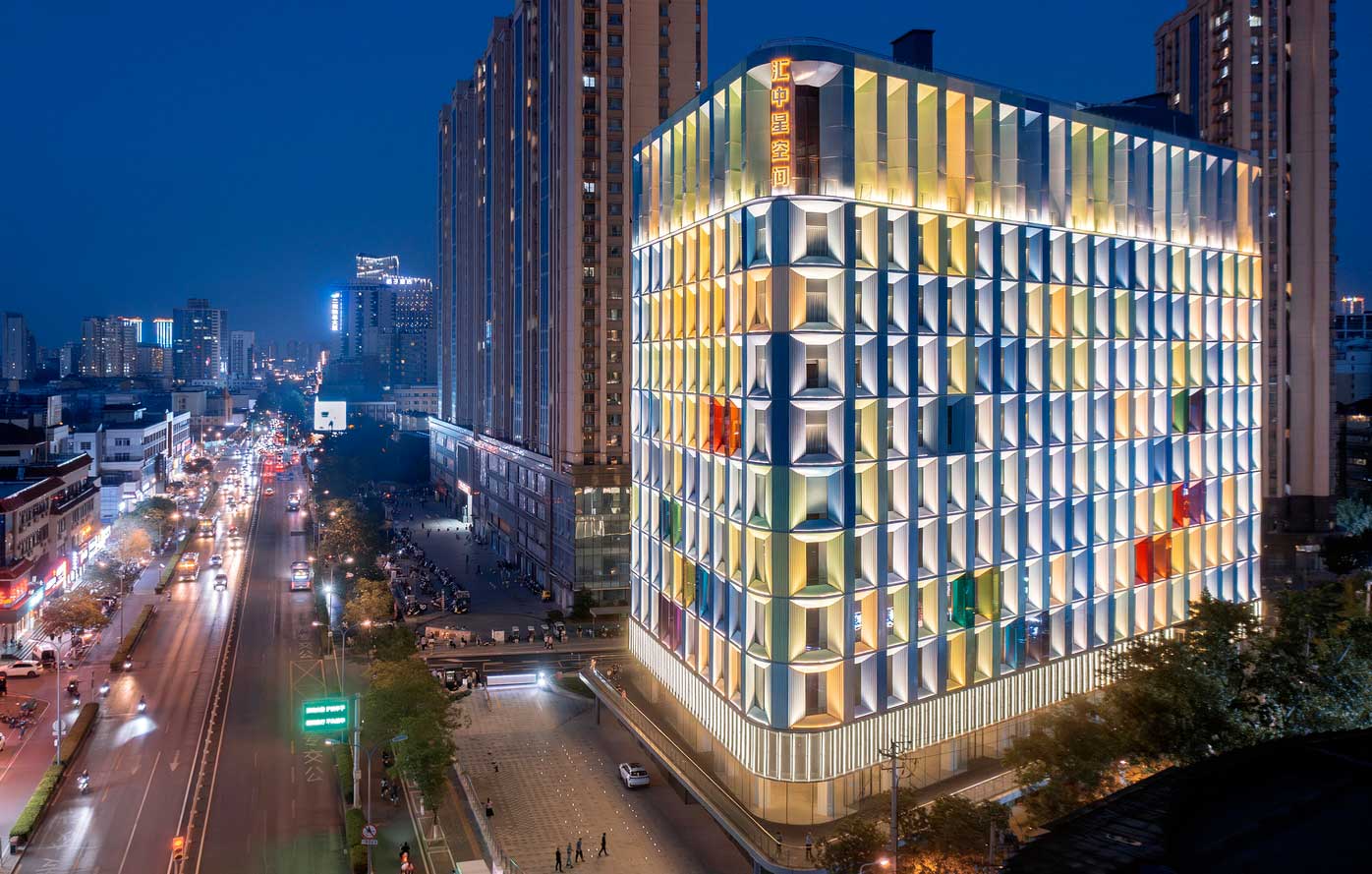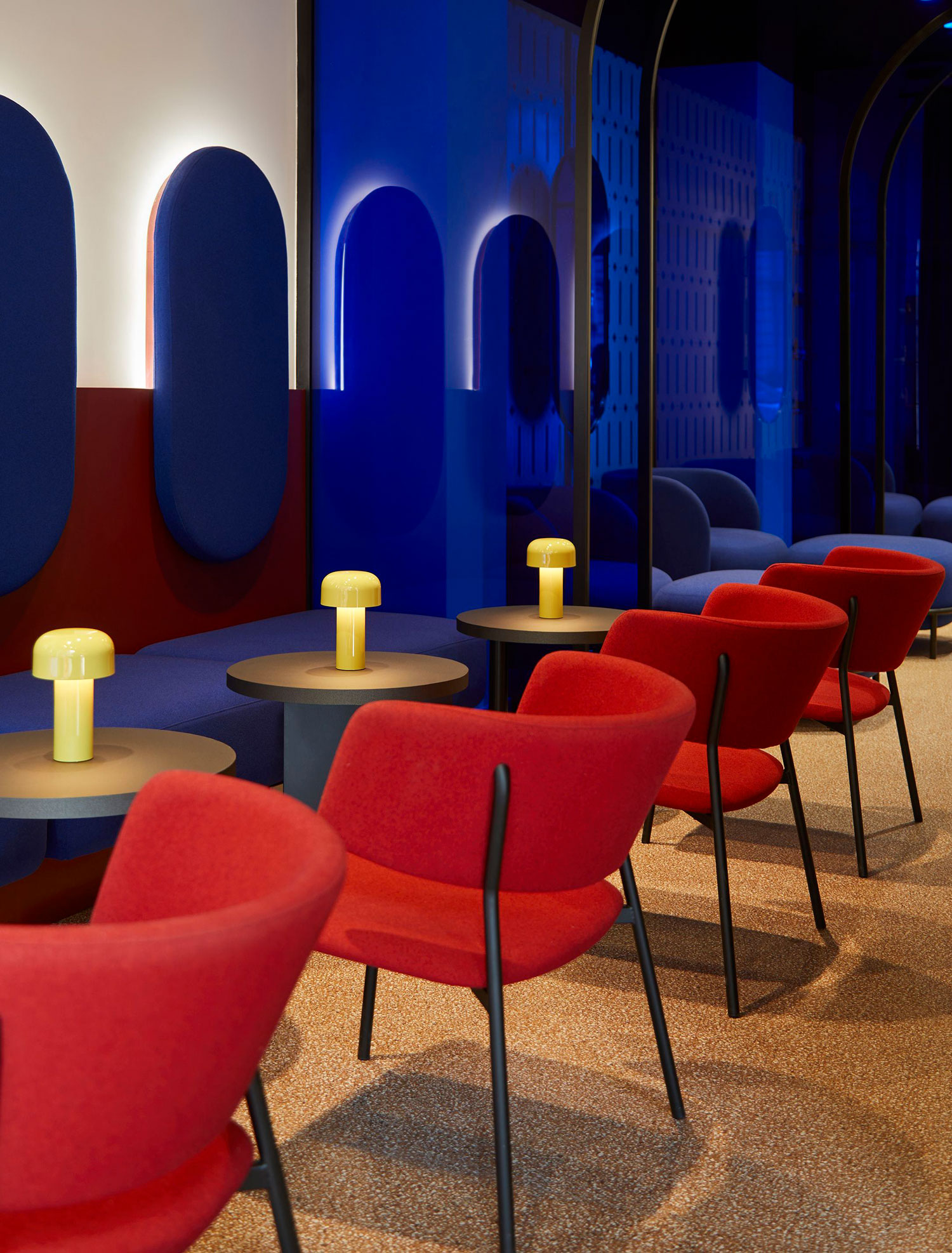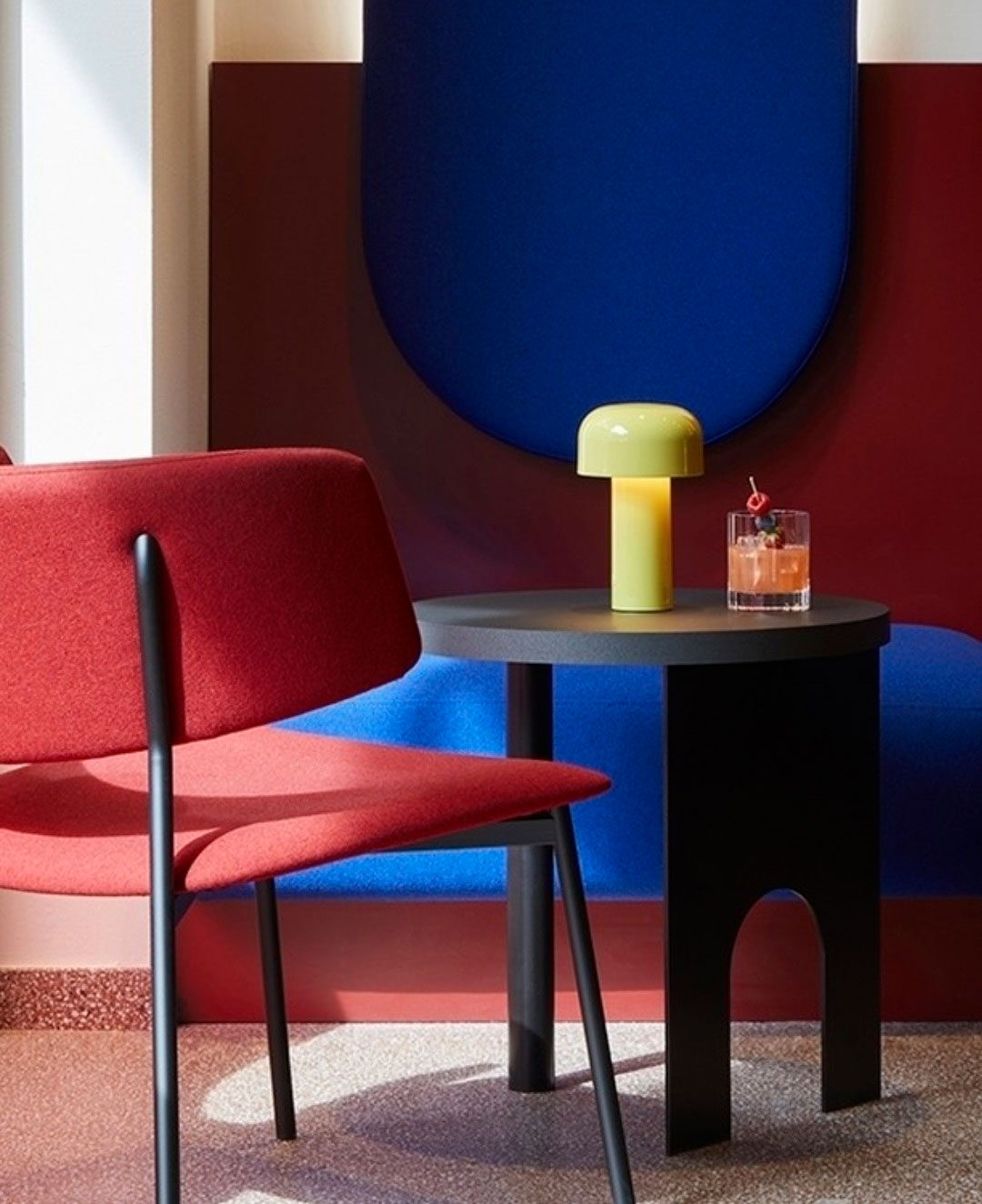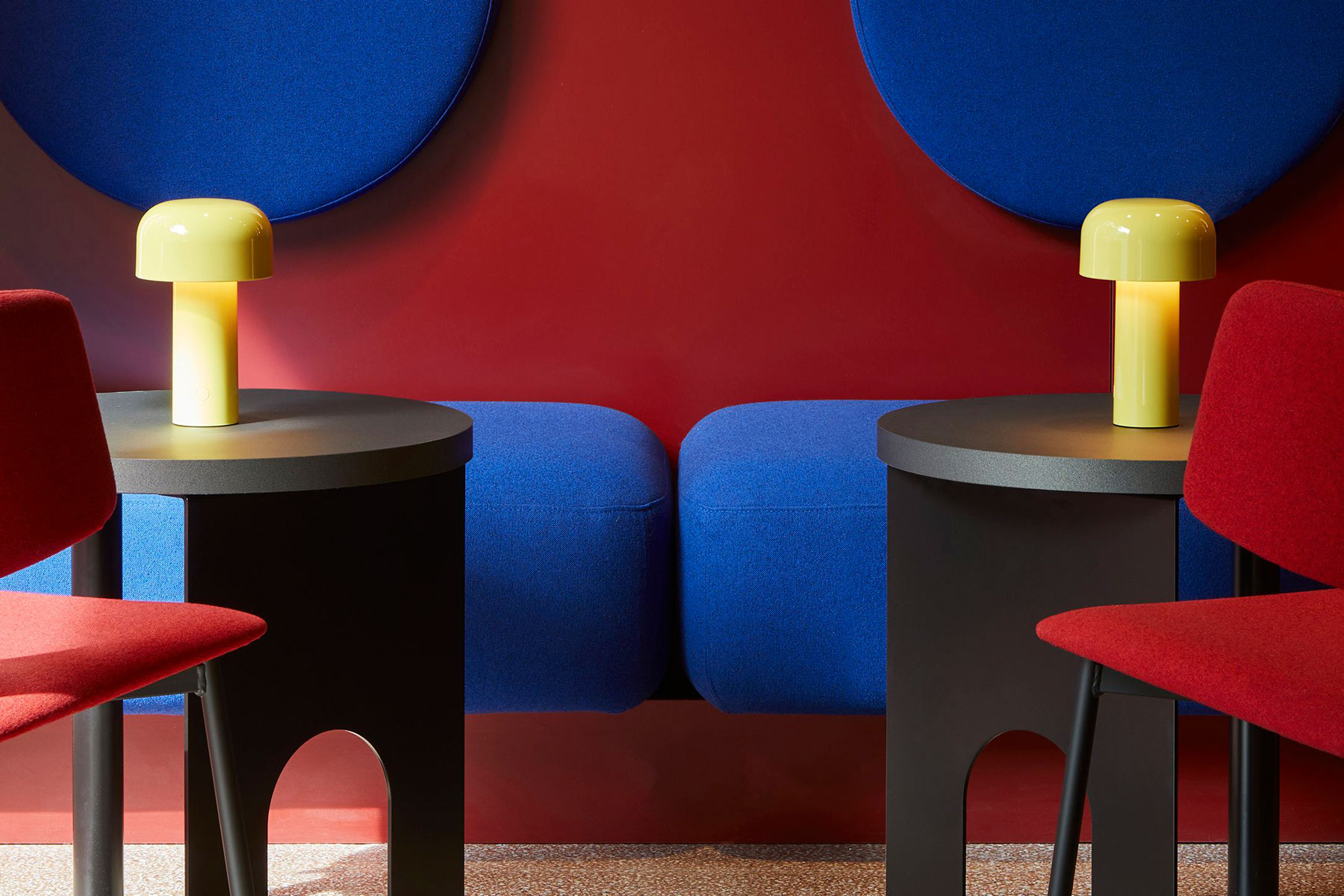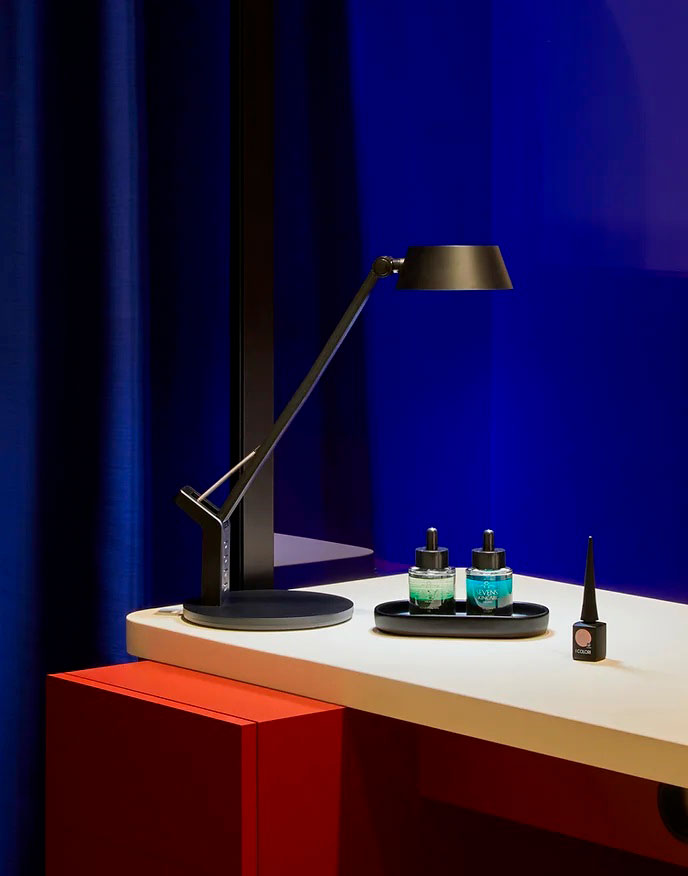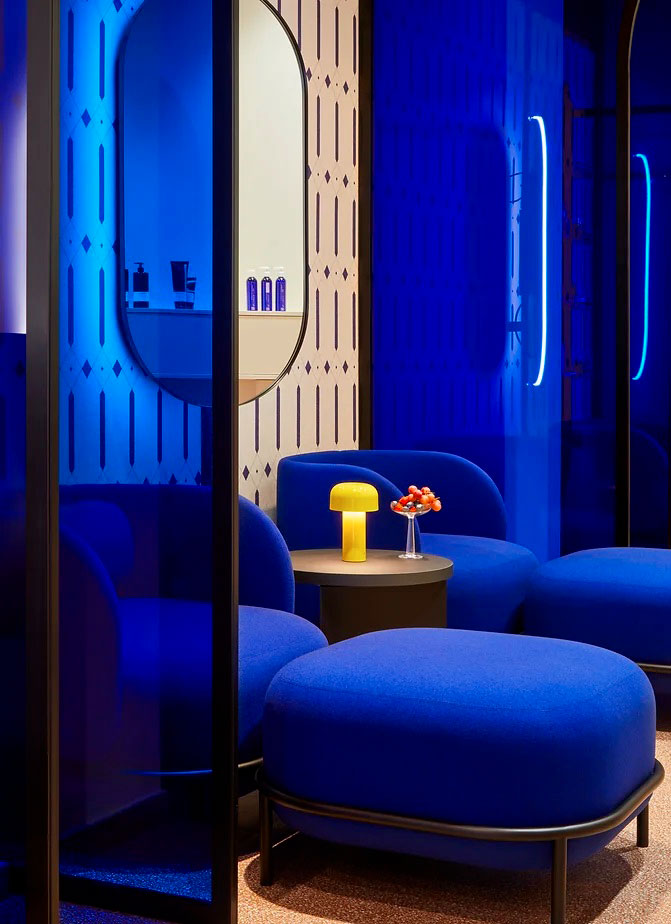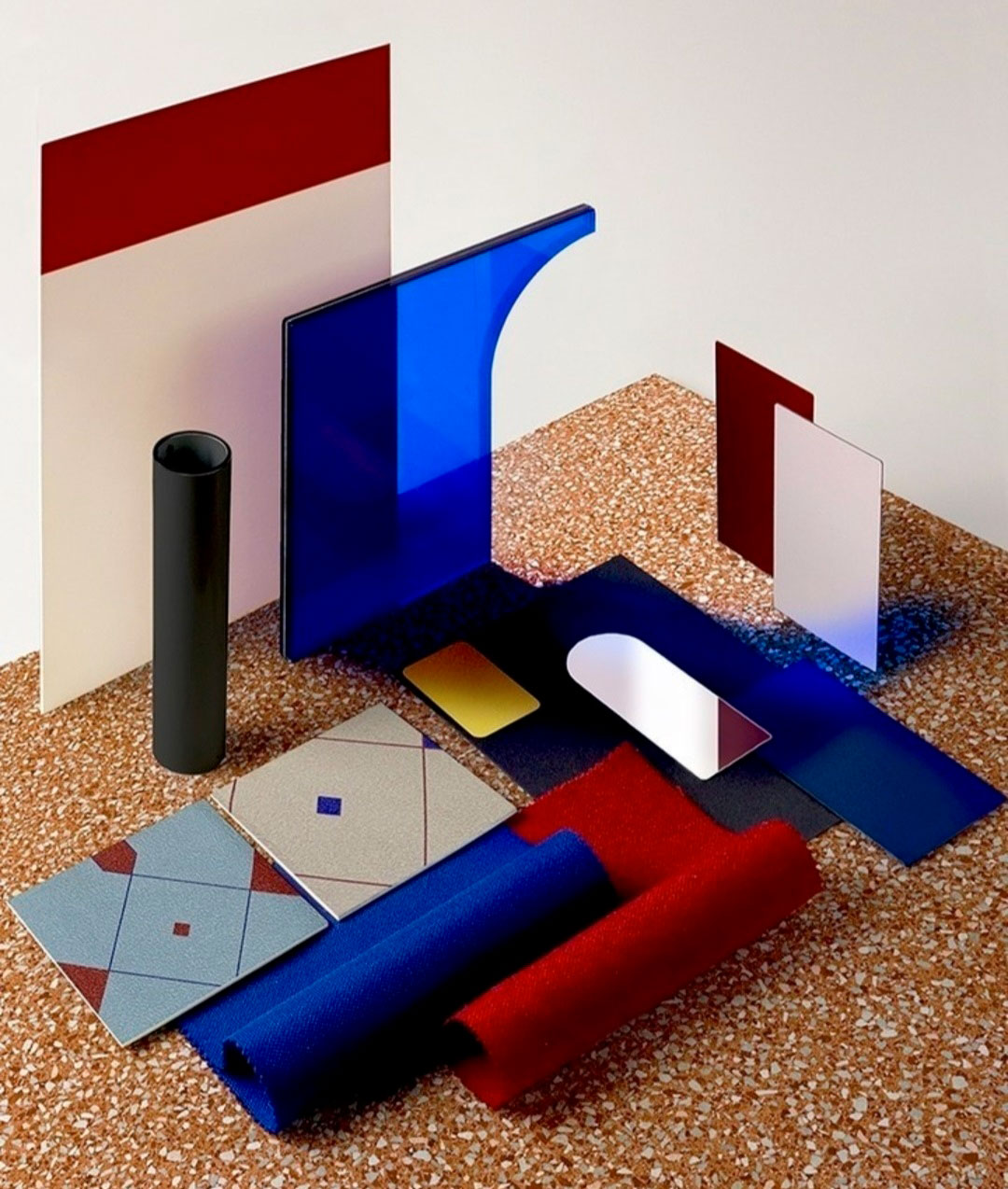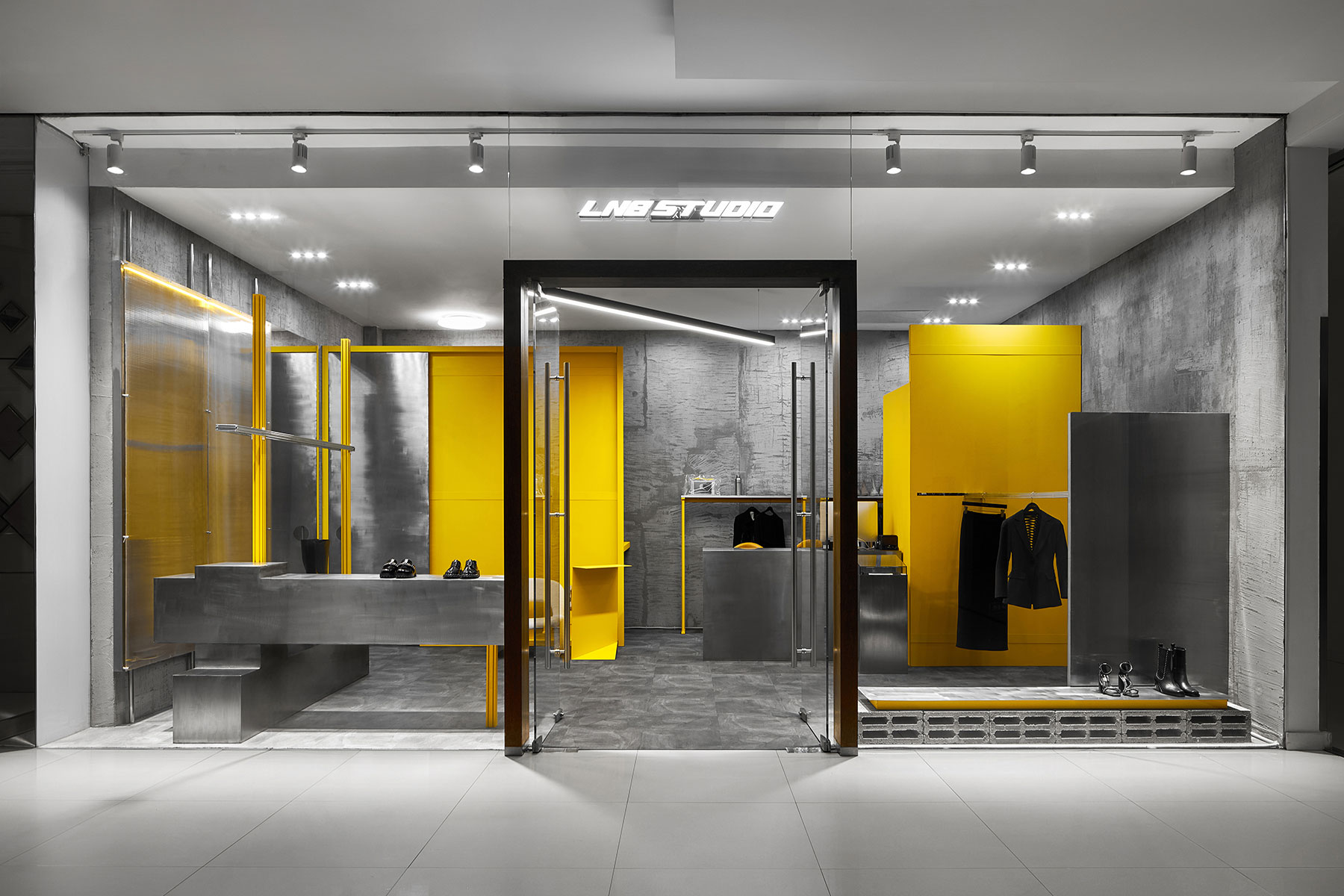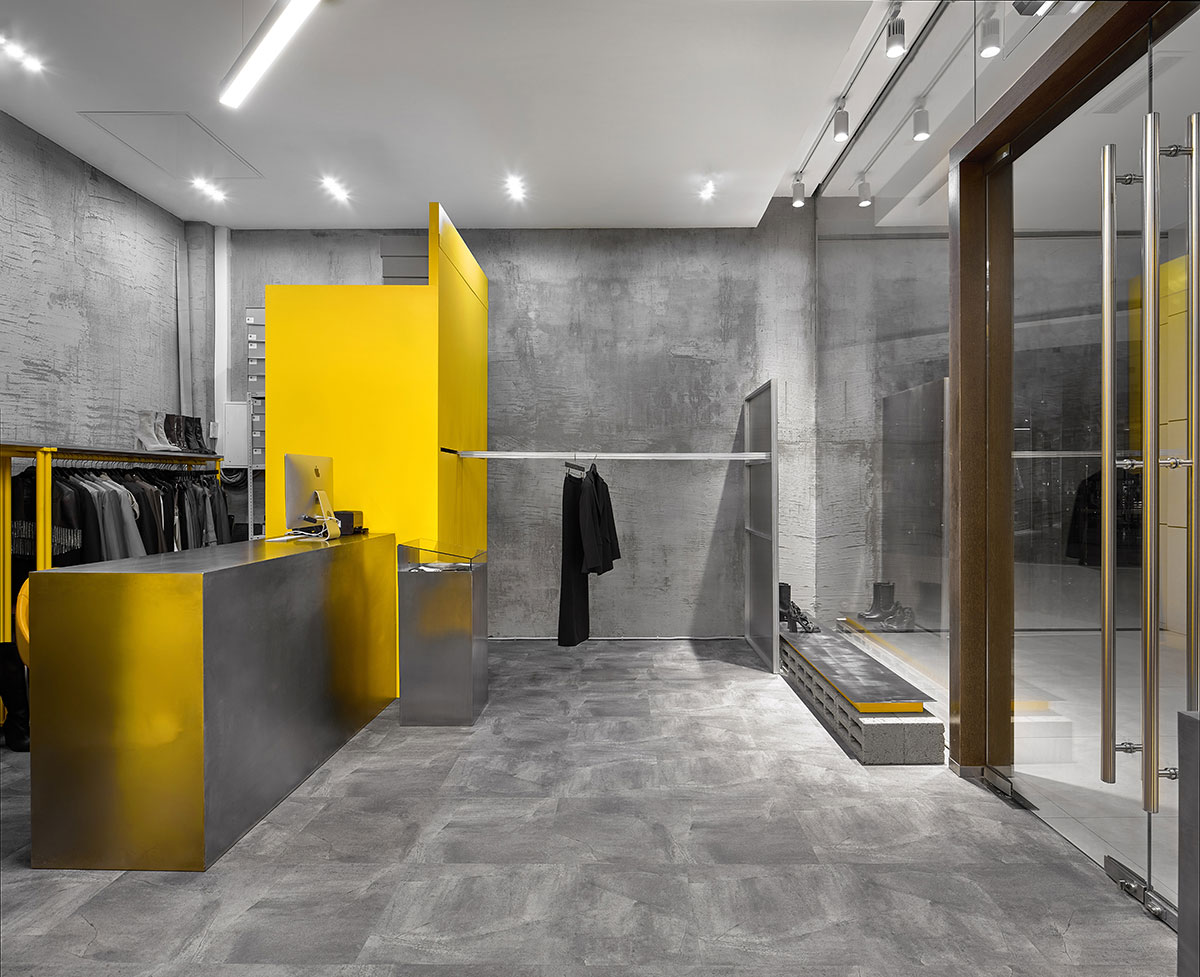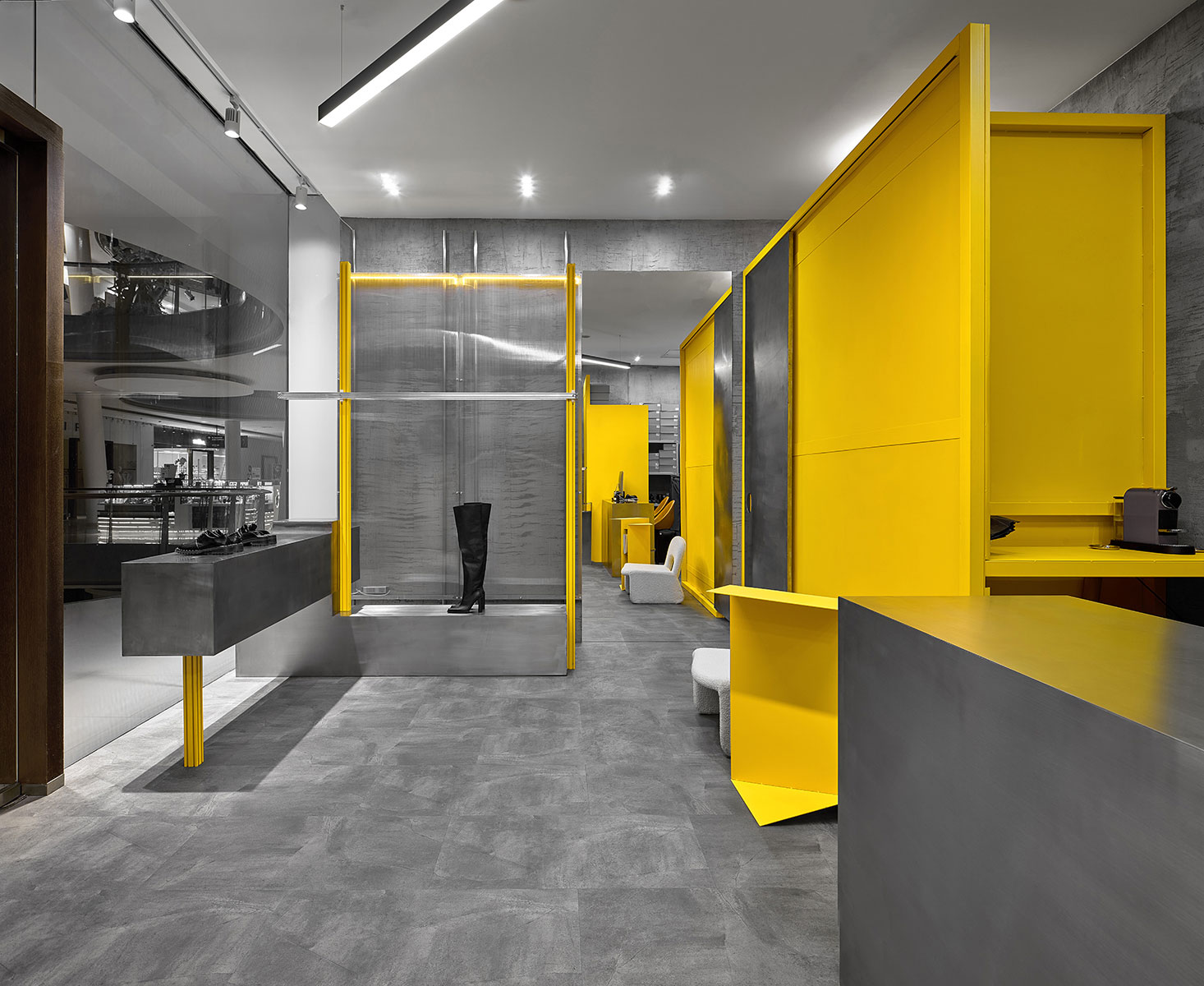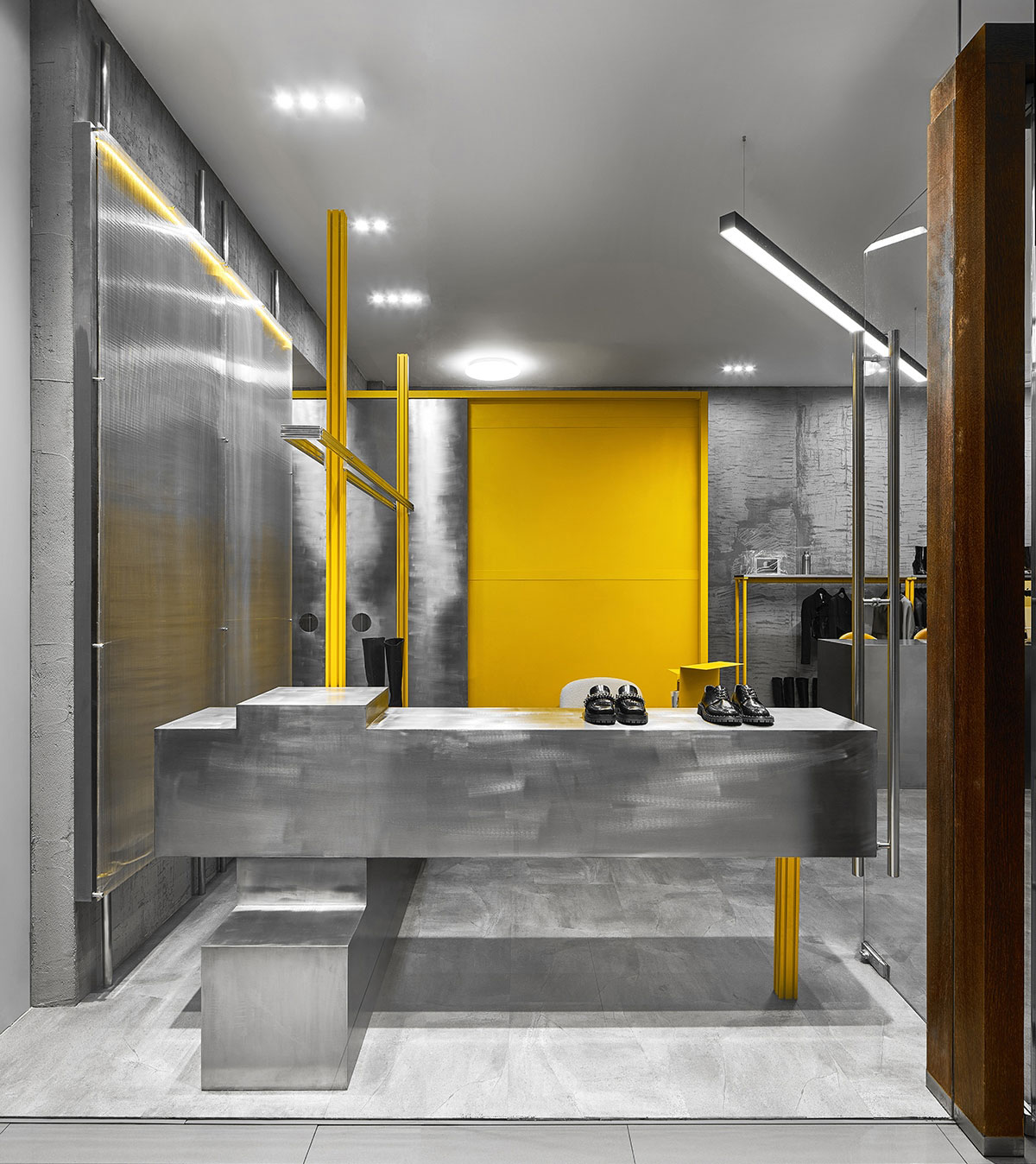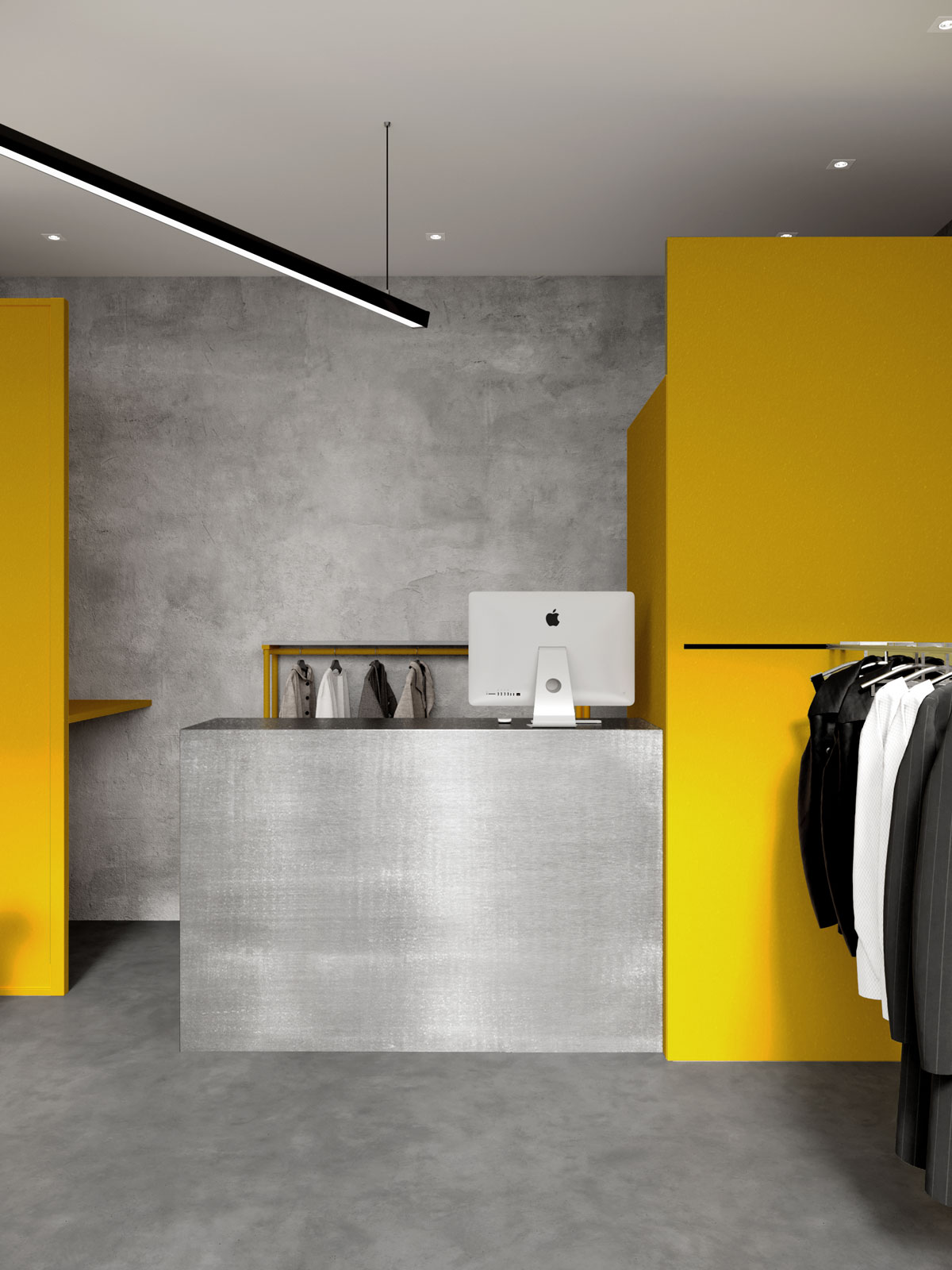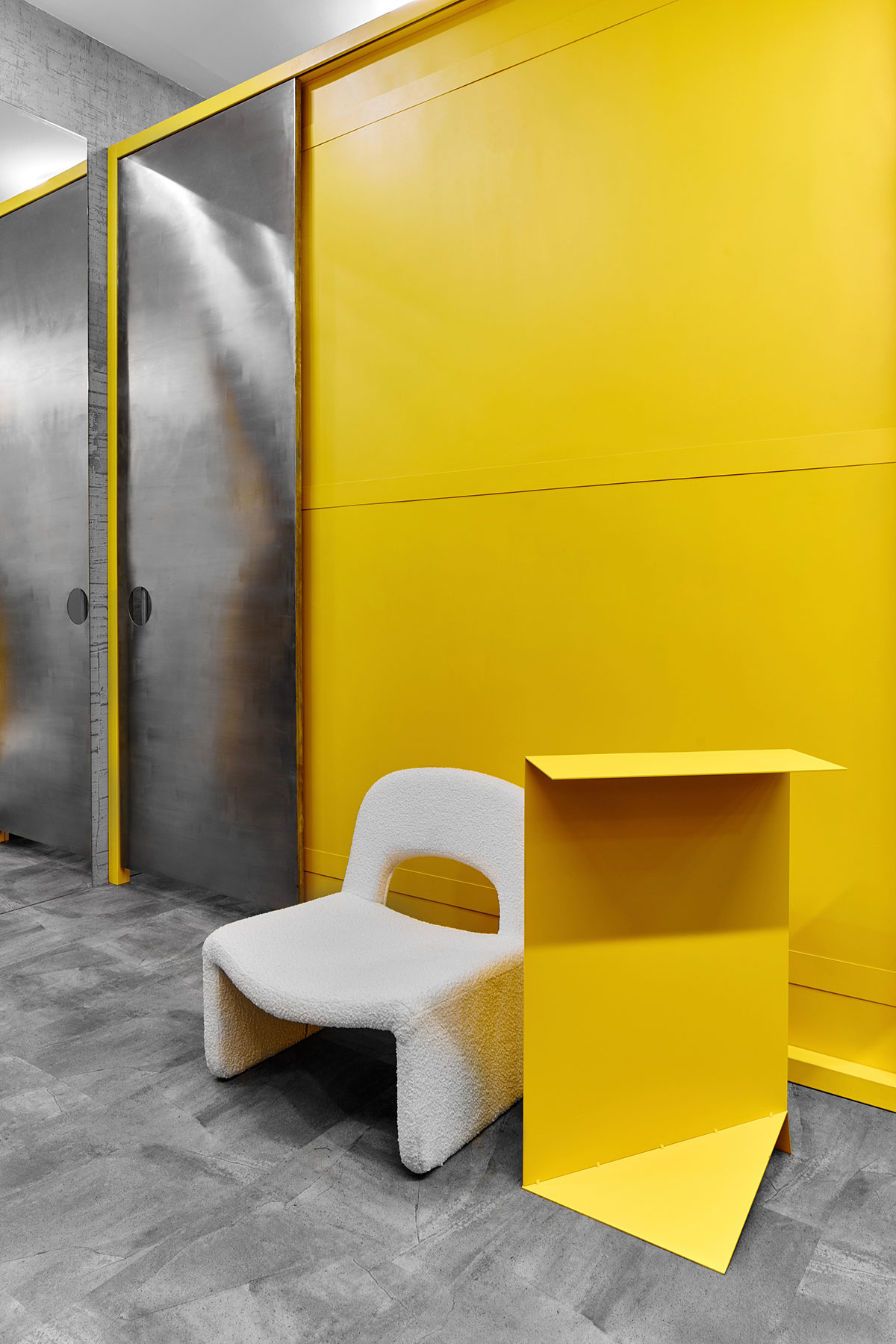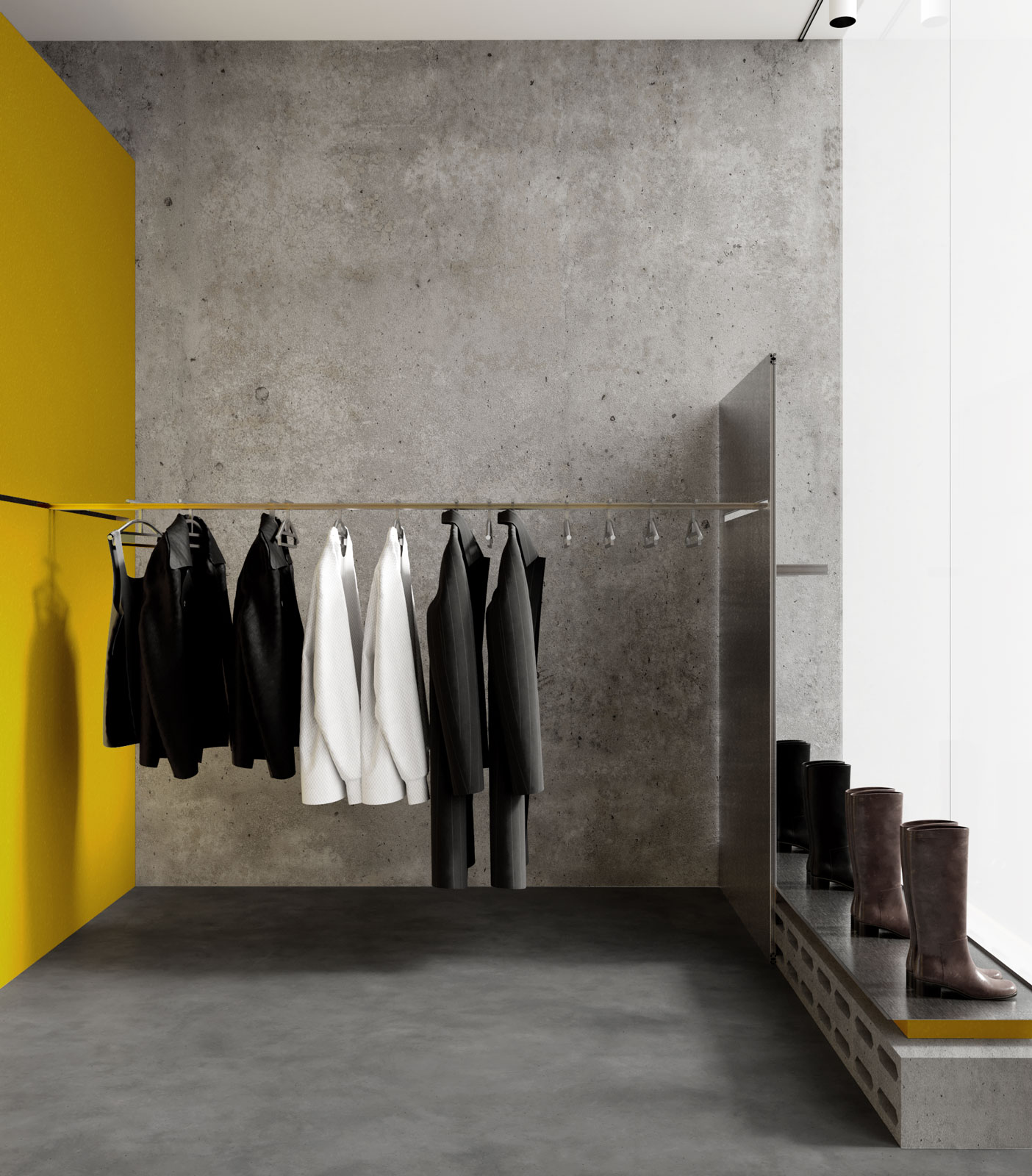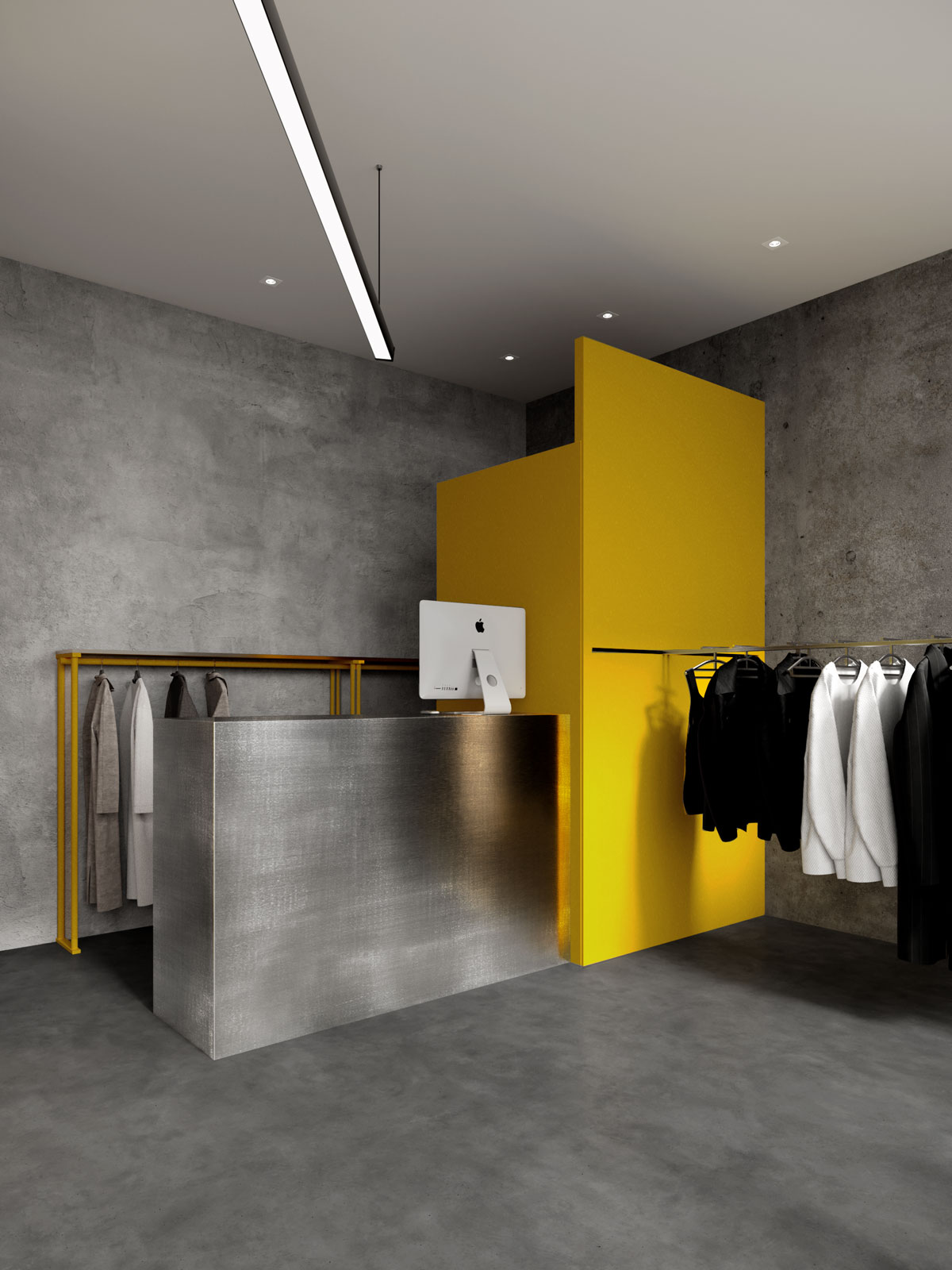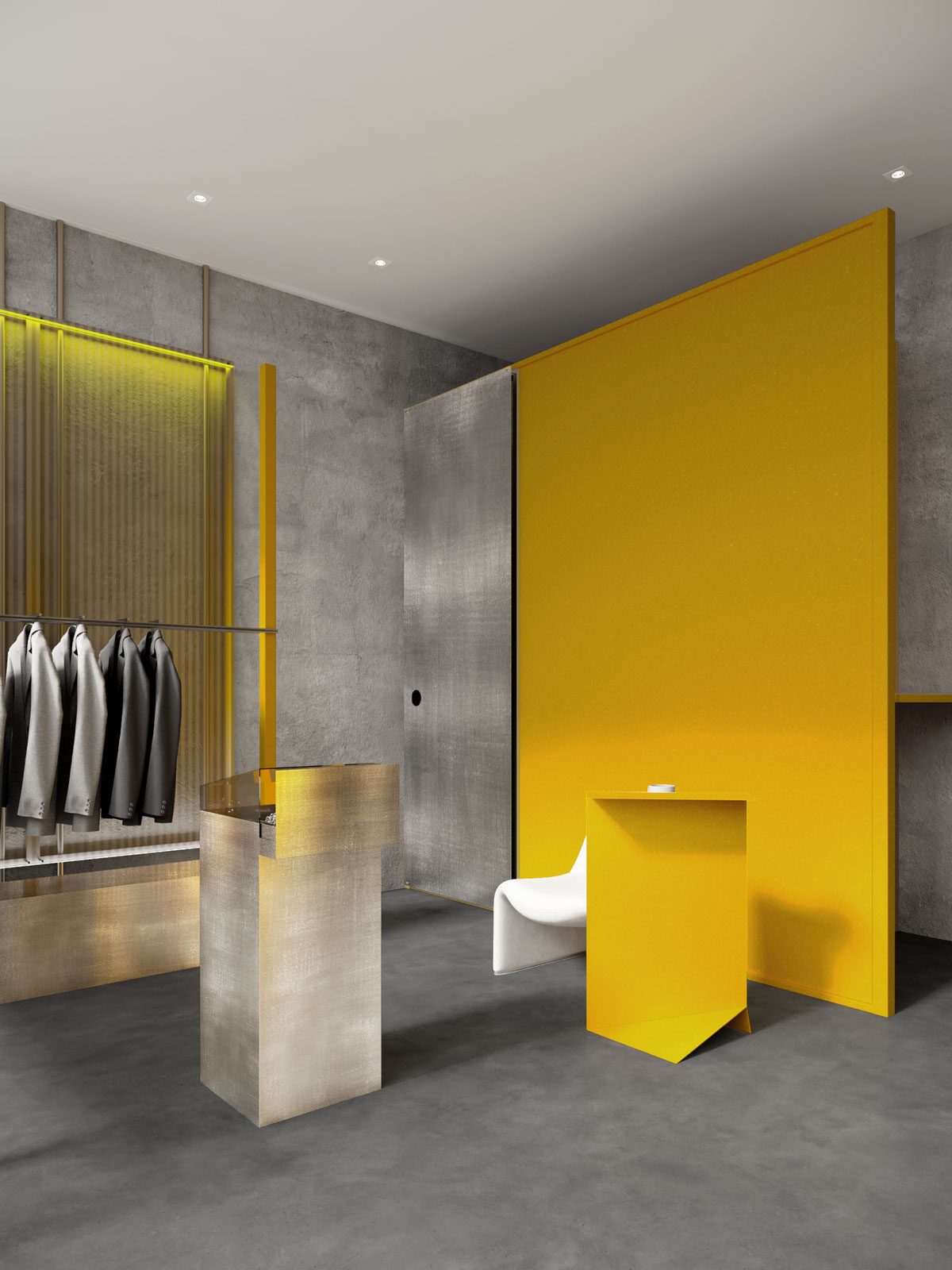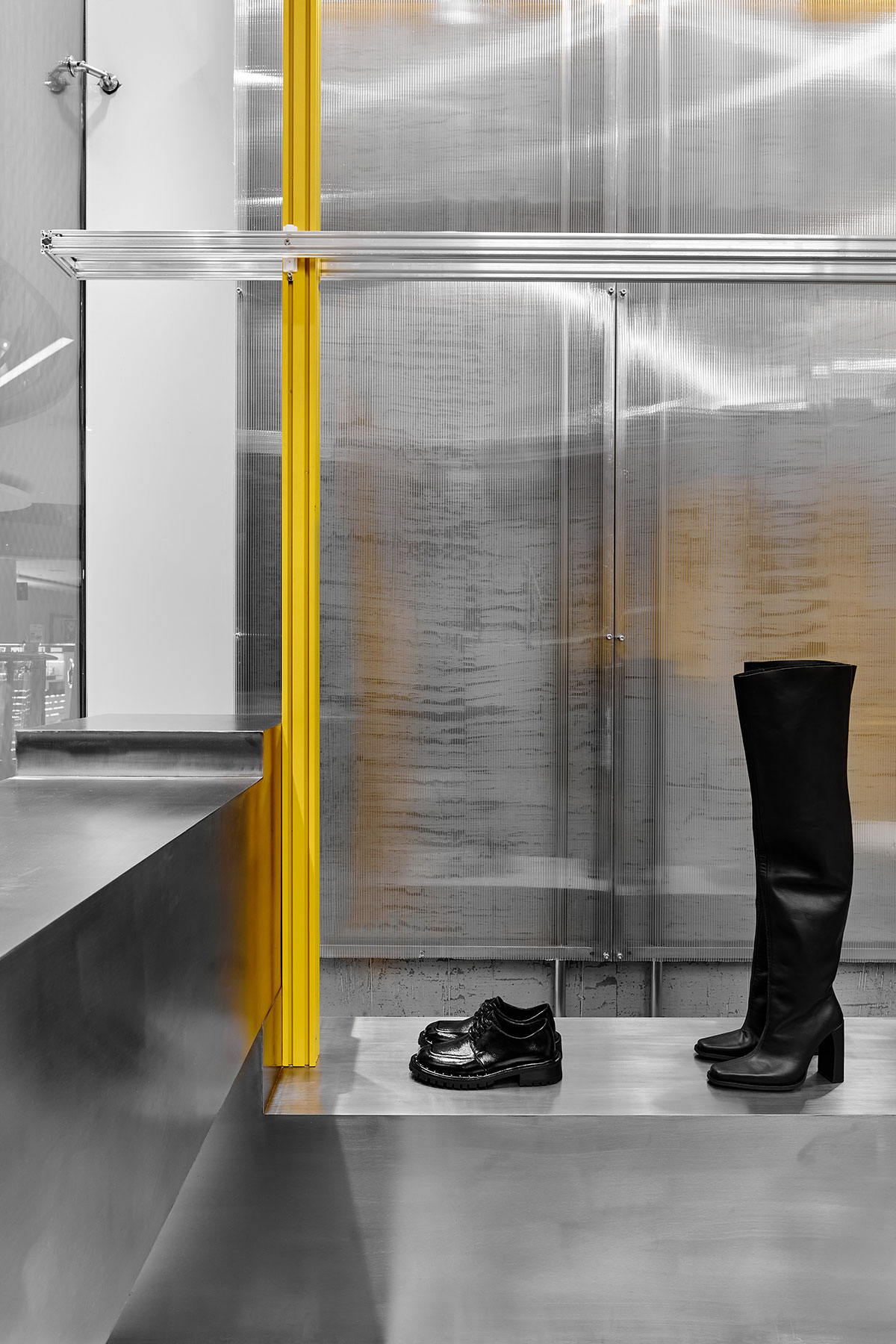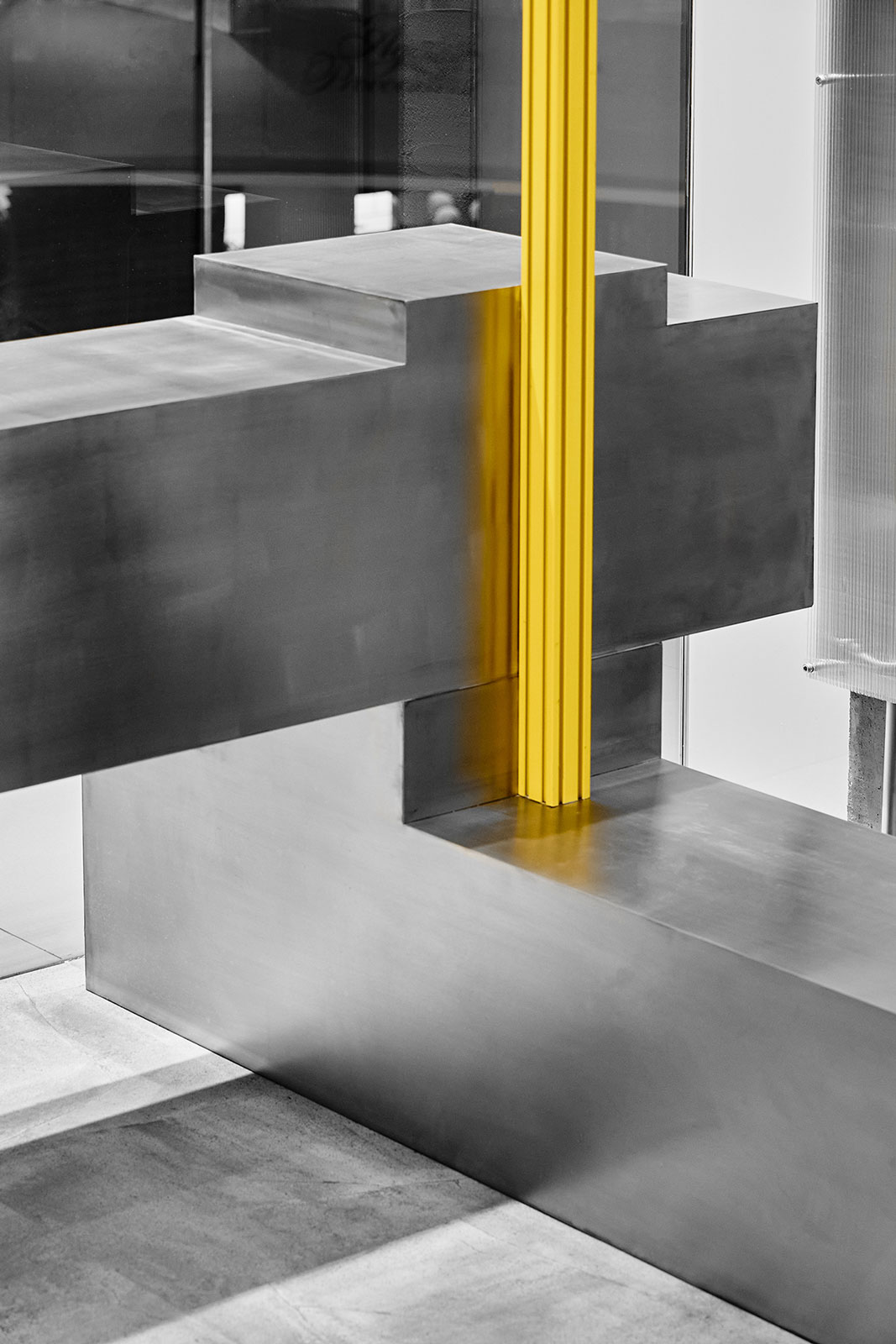DALL’IDEA AL COLORE
PAINTING | VALERIO ADAMI
È in corso a Milano, presso il Palazzo Reale, una mostra monografica dedicata a Valerio Adami (fino al 22 settembre 2024), uno degli artisti di maggior spicco nel campo della pittura del secondo 900. Tra gli anni ‘70 e ’80, la sua opera è stata oggetto di uno sguardo attento da parte non solo della critica d’arte, del collezionismo e del pubblico, ma anche di filosofi e intellettuali di varia estrazione. In altre parole, è stato considerato uno dei corifei del pensiero postmoderno, soprattutto nella transizione dal classicismo alla decostruzione.
In questa sede non vogliamo indagare su questa sfera, ma riconoscere la sua efficacia in termini di uso del colore. Le forme di sua creazione sono campi a tinte unite separati da linee nere, che decostruiscono e ricompongono l’immagine, definendo sommariamente anche i dettagli interni alla figura. La mostra si intitola “Pittore d’idee”, ma siamo colpiti dal passaggio dall’idea alla visione, attraverso una ricerca cromatica assai potente e innovativa, che oltrepassa la semplice categoria del Pop.
(una parte delle immagini è stratta dal sito palazzorealemilano.it, le altre liberamente dal web)
From idea to color – A monographic exhibition dedicated to Valerio Adami is currently underway at the Palazzo Reale in Milan (until September 22, 2024), one of the most prominent artists in the field of painting in the second half of the 20th century. Between the 1970s and 1980s, his work was the object of careful scrutiny not only by art critics, collectors and the public, but also by philosophers and intellectuals of various backgrounds. In other words, he was considered one of the leaders of postmodern thought, especially in the transition from classicism to deconstruction.
Here we do not want to investigate this sphere, but to recognize its effectiveness in terms of the use of color. The forms he created are solid-colored fields separated by black lines, which deconstruct and recompose the image, also summarily defining the details inside the figure. The exhibition is titled “Painter of Ideas”, but we are struck by the passage from idea to vision, through a very powerful and innovative chromatic research, that goes beyond the simple category of Pop.

